Post by kerouac on May 8, 2012 13:33:55 GMT -5
Since I am somewhat famous for presenting things in Paris that are about as far from the tourist attractions as you can get, I would like to show you perhaps the most isolated and least visited public park in Paris, what I call "the abandoned garden of desolation."
Okay, perhaps the name of this thread is not particularly appealing compared to the multitude of fabulous sights to see in the city of Paris, including the multitude of impeccably manicured parks and gardens. Nevertheless, I always want to take a closer look at what most people never see, so this place was a must.
I admit that I had never heard of the place until a few weeks ago, which was already a bit surprising to me -- I thought I knew Paris like the back of my hand. But there was a small article in a publication here, and I decided that I had to go.
One reason that I had never encountered the place was because even though it is inside the Paris city limits, to go there you have to take the RER A suburban rail line 3 stops out of the city to Nogent-sur-Marne. Why is this? Because it is on the "back" side of the Bois de Vincennes at the edge of the city.
So, on the last day of winter, I took the train to the designated station.
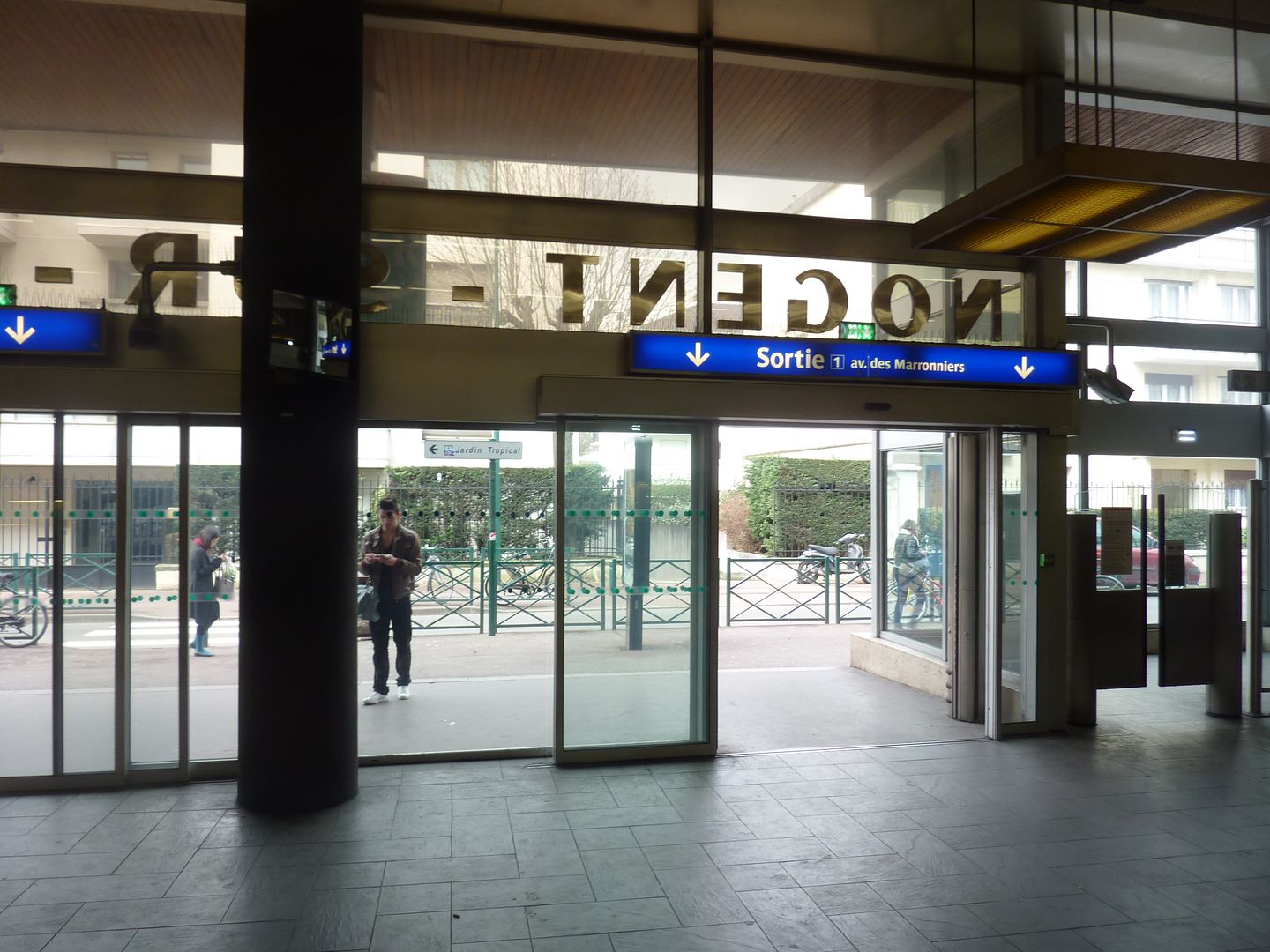
Well, at least the city of Nogent knows all about it, because there are signs to lead you there. Okay, I guess I should admit that the official name is not "the abandoned garden of desolation." The more common name would lead you to believe that you are going to see something else, but I knew better.
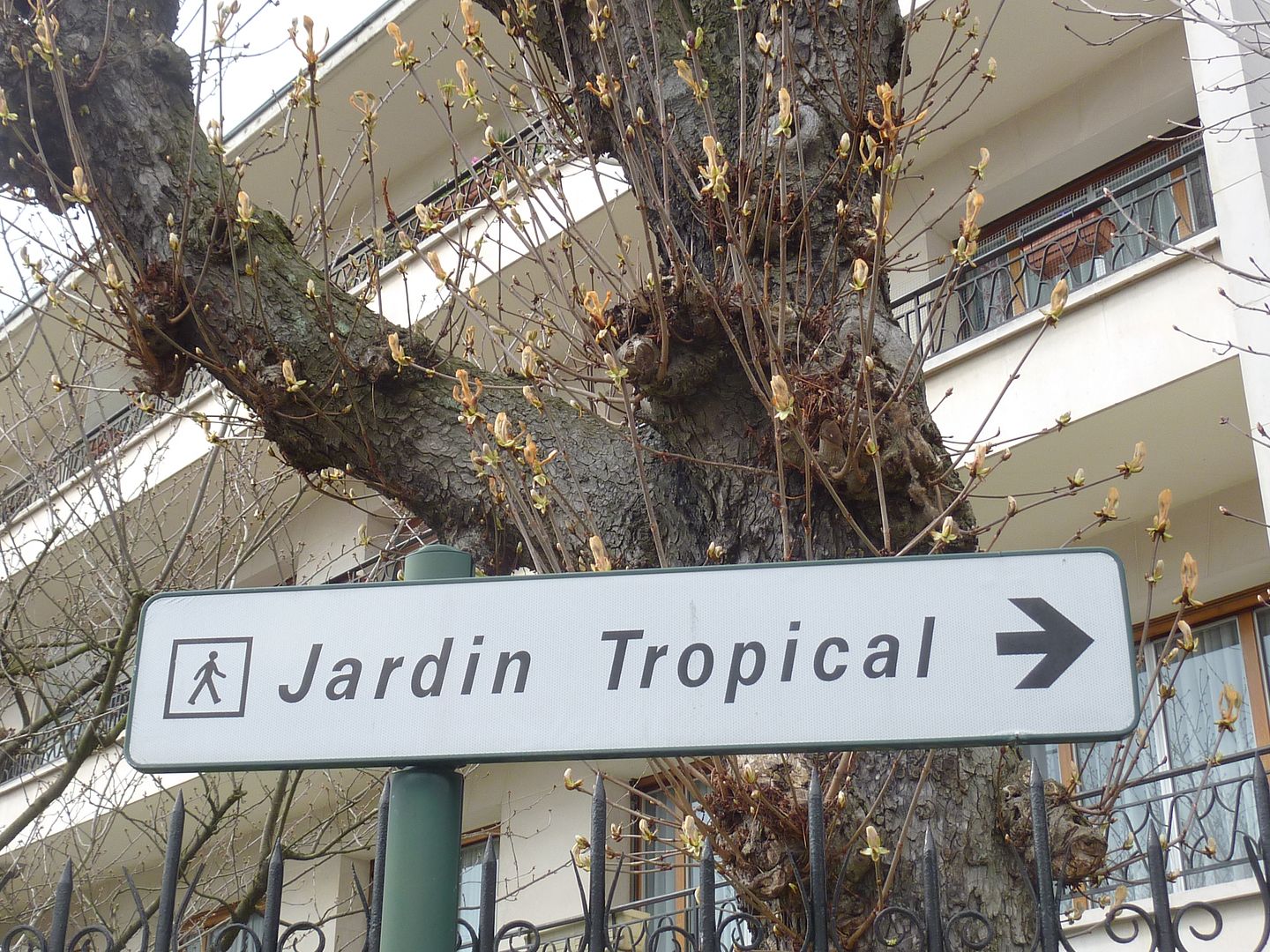
You have to walk through a couple of suburban streets to get back to the Bois de Vincennes.

The entrance sign gives a more complicated official name and makes believe that it is a standard park.
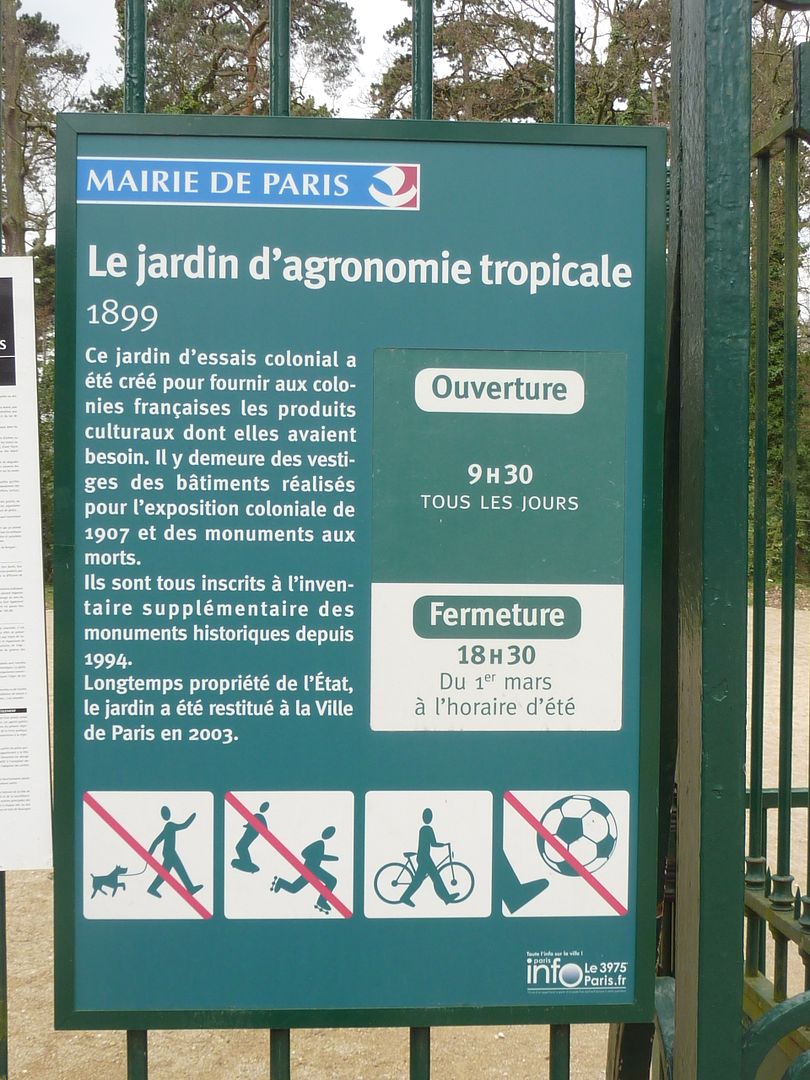
Time to supply a bit of information about this place then.
As you all know, the principal function of the colonial powers was to suck dry all possible resources of the occupied countries. France had perhaps one of the more clever empires and had a firm interest in making the resources last as long as possible.
At the end of the 19th century, France set up a tropical agricultural research center in the Bois de Vincennes to coordinate all of the experiments in progress regarding the cultivation of cacao, coffee, bananas, rubber, vanilla, nutmeg and other spices. This place published a sales catalogue every year of about 40,000 seeds and more than 10,000 cuttings, grafts and little potted plants that could be sent around to all of the colonies for the farmers to try their luck.
In 1907, the Bois de Vincennes was a major site of the Colonial Exhibition, and they created 5 villages including a zoo of inhabitants for Parisians to gawk at: Indochina, Madagascar, Congo, a Sudanese farm and a Toureg desert camp. Two million people came to see it all during the six months of the exhibition.
There were pavilions selling ethnic products and tearooms for sitting to taste the tea, chocolate and coffee.
Things quieted down after that, and it can be assumed that when the war began in 1914, this place was no longer a priority at all. Some of the buildings were converted to offices for the CIRAD -- the agricultural research center for developing countries, but it was moved to Montpellier in 1976, and that's when the place was truly abandoned.
The whole area was closed off until 2003 when the city of Paris bought the land back from the republic. Since then, it has been cleaned up a bit and reopened as best as possible, but since it is about as far away as one can get from anywhere else in Paris, it is rather obvious that it is not a high priority.
Rumour has it that this gate was created for the colonial exhibition of 1906 in the Grand Palais and moved here the following year. An Indochinese association renovated it in 1921, but not much has been done since then. It was severely damaged in the huge tempest of 1999 when 50% of the trees of the Parisian woods were downed.
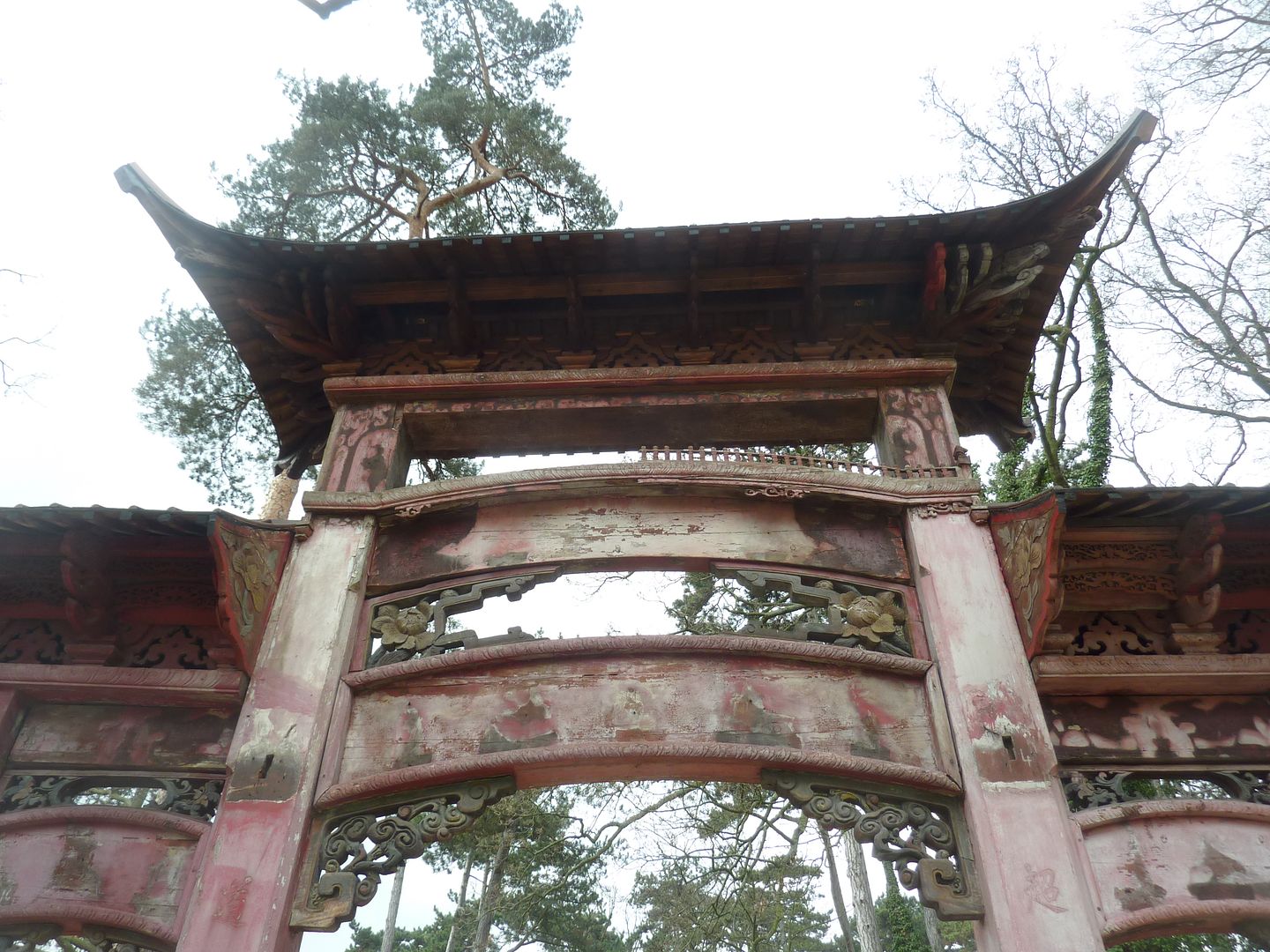
I headed off to the right, where the Asian section was located. Old statues have been artistically dumped here.
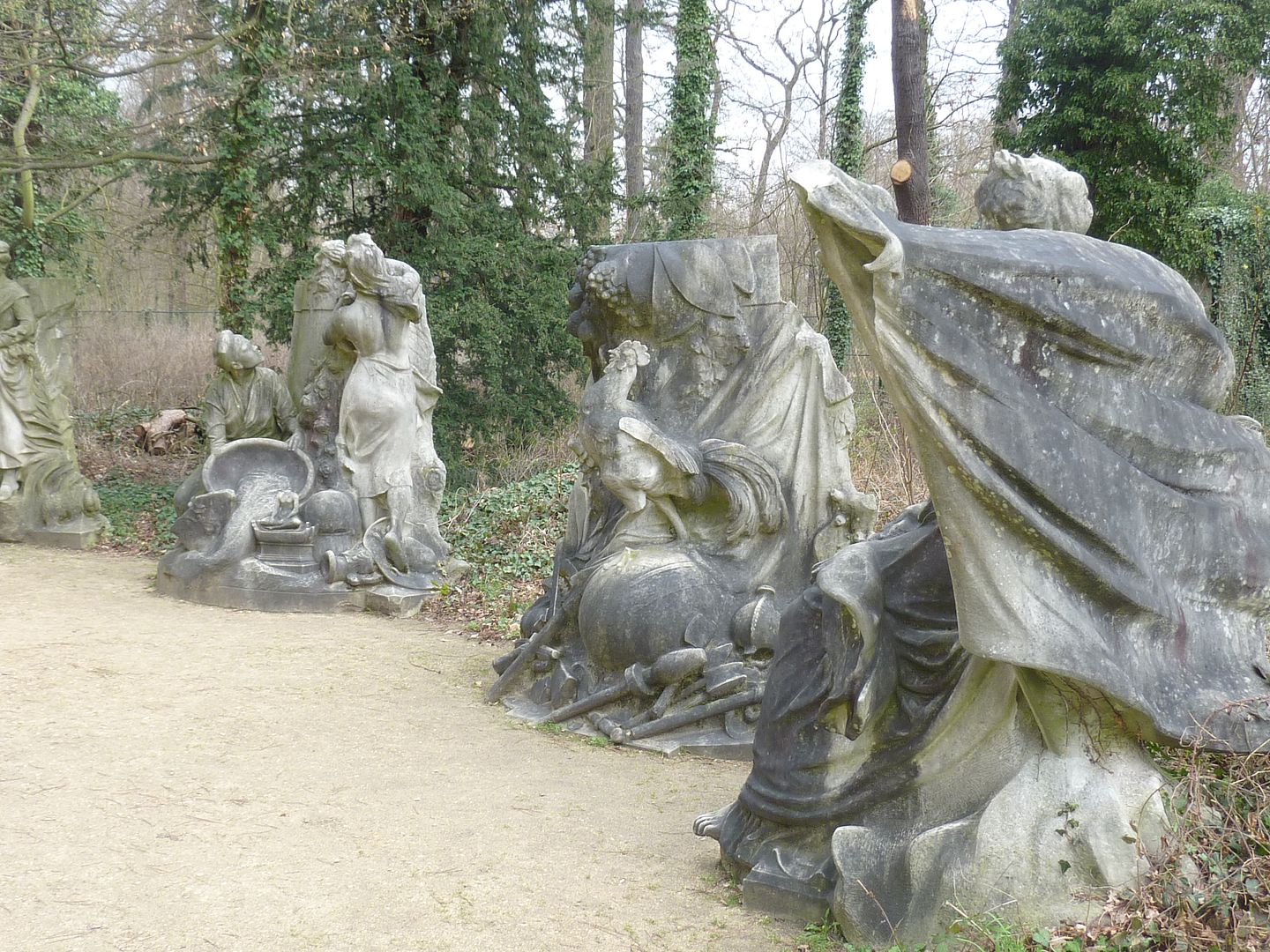
A lady is a lady with lovely necklaces -- no need for a head.
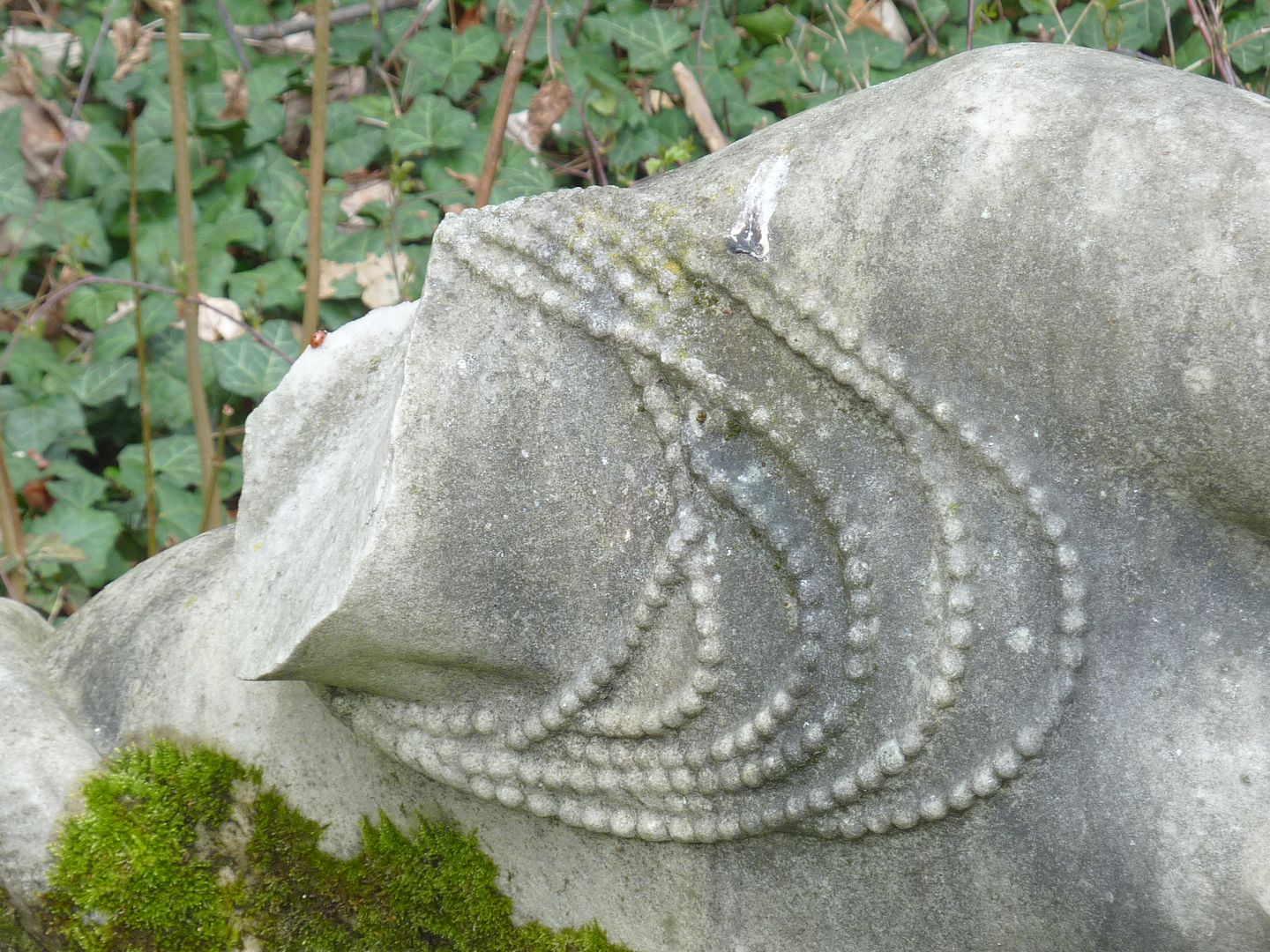


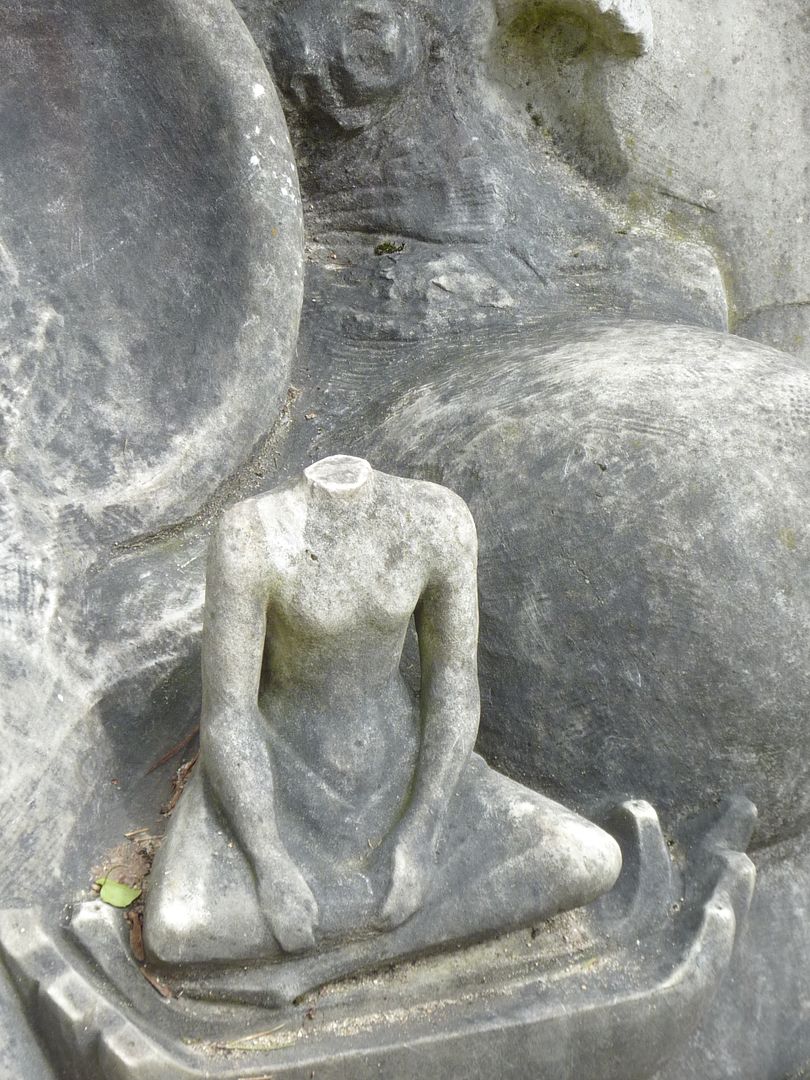
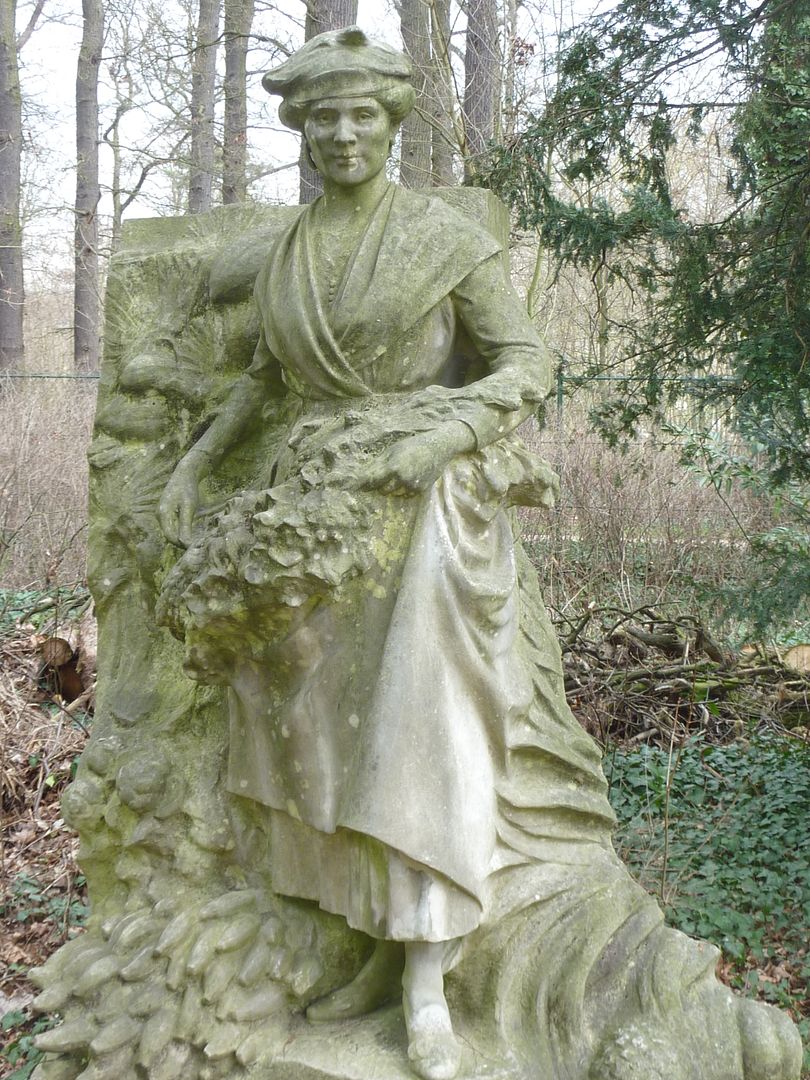
Just a little beyond there was a stupa just like in downtown Vientiane, Laos.
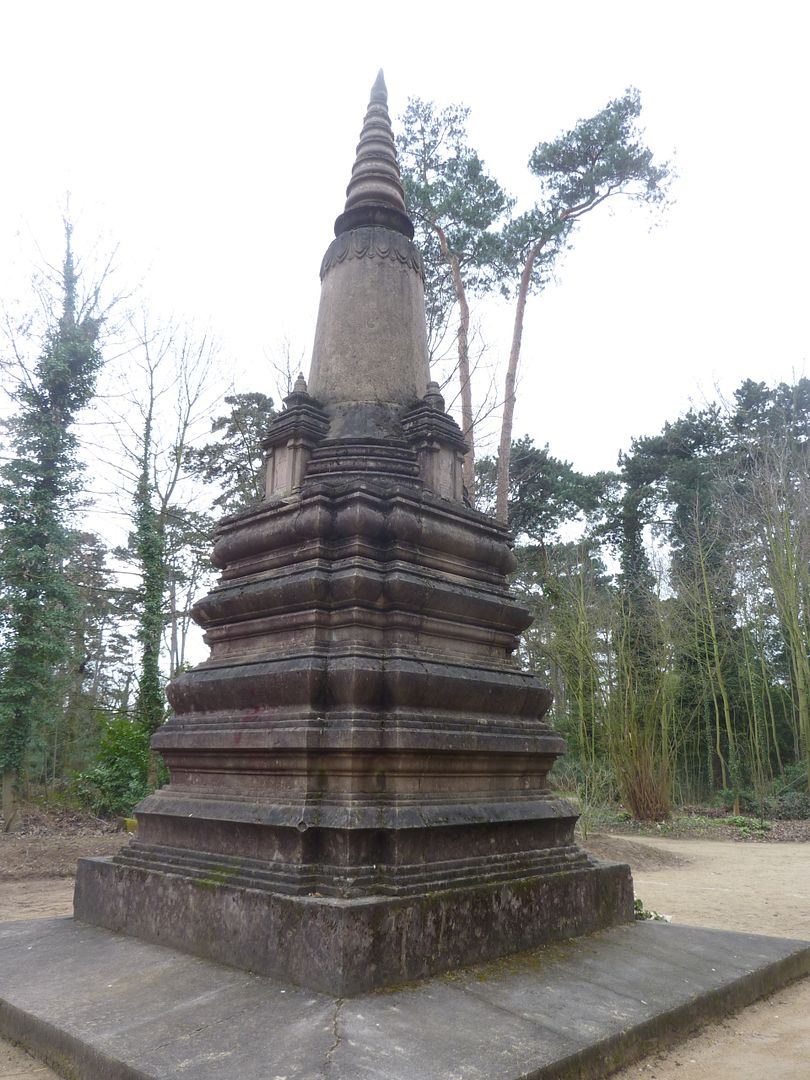
The other side showed that it is not totally forgotten.
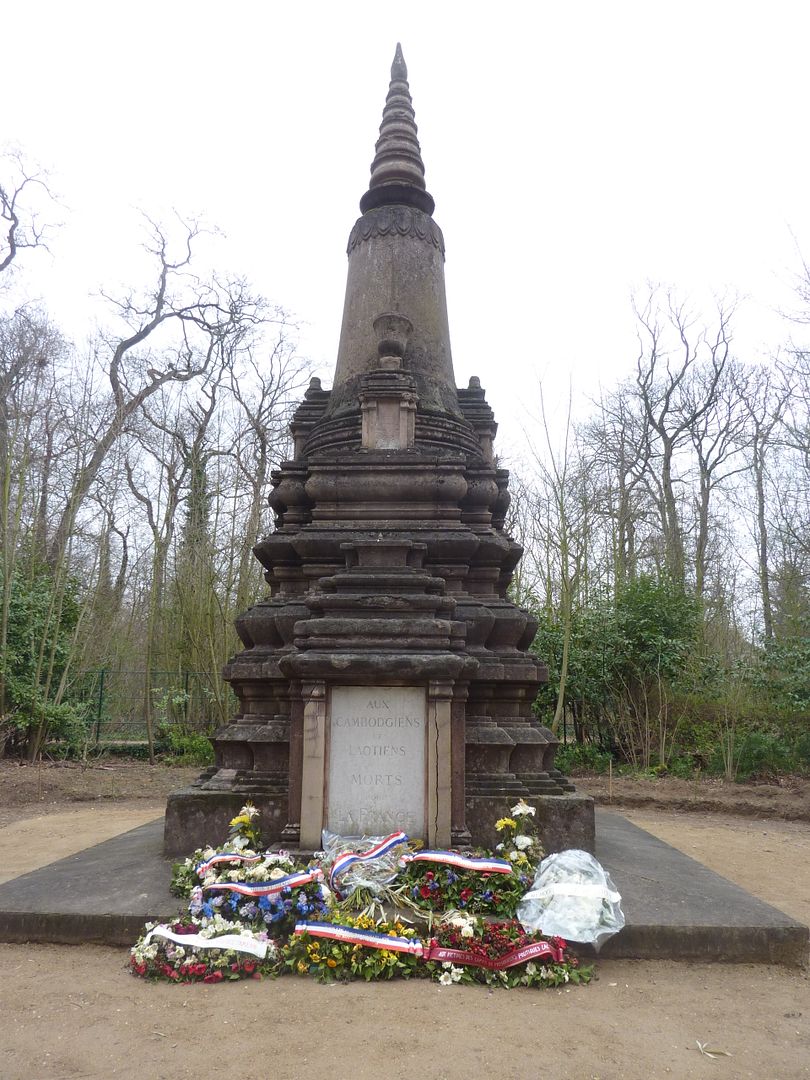

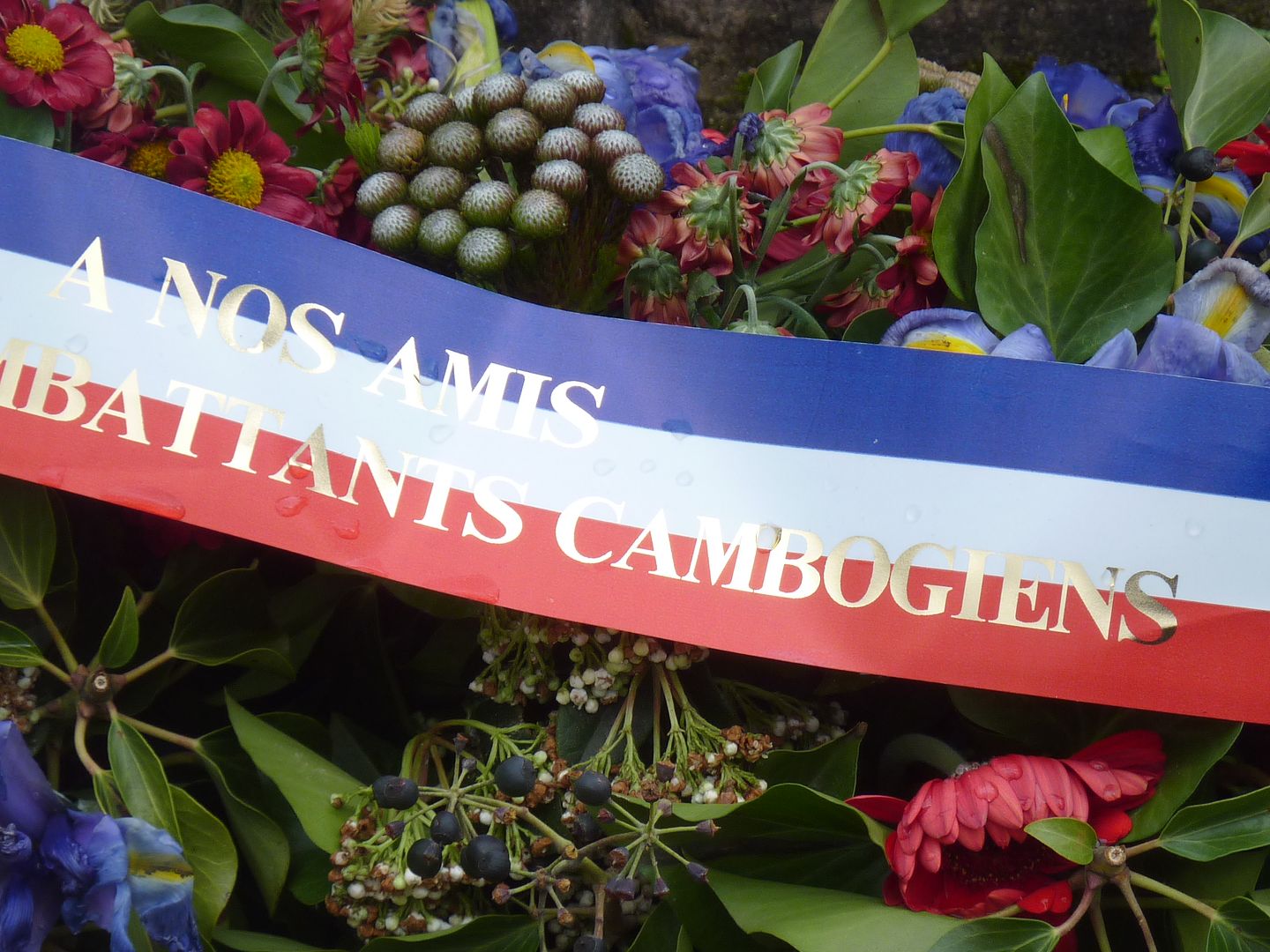
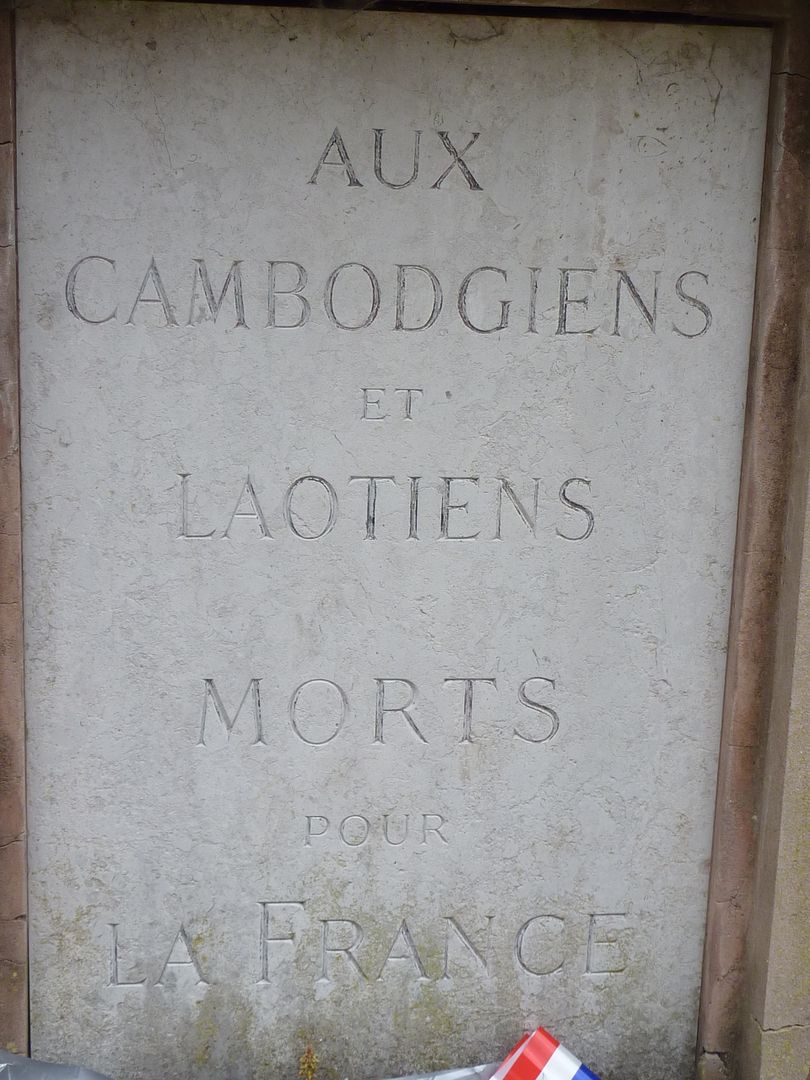
This bridge of the 7-headed naga is not in Siem Reap.
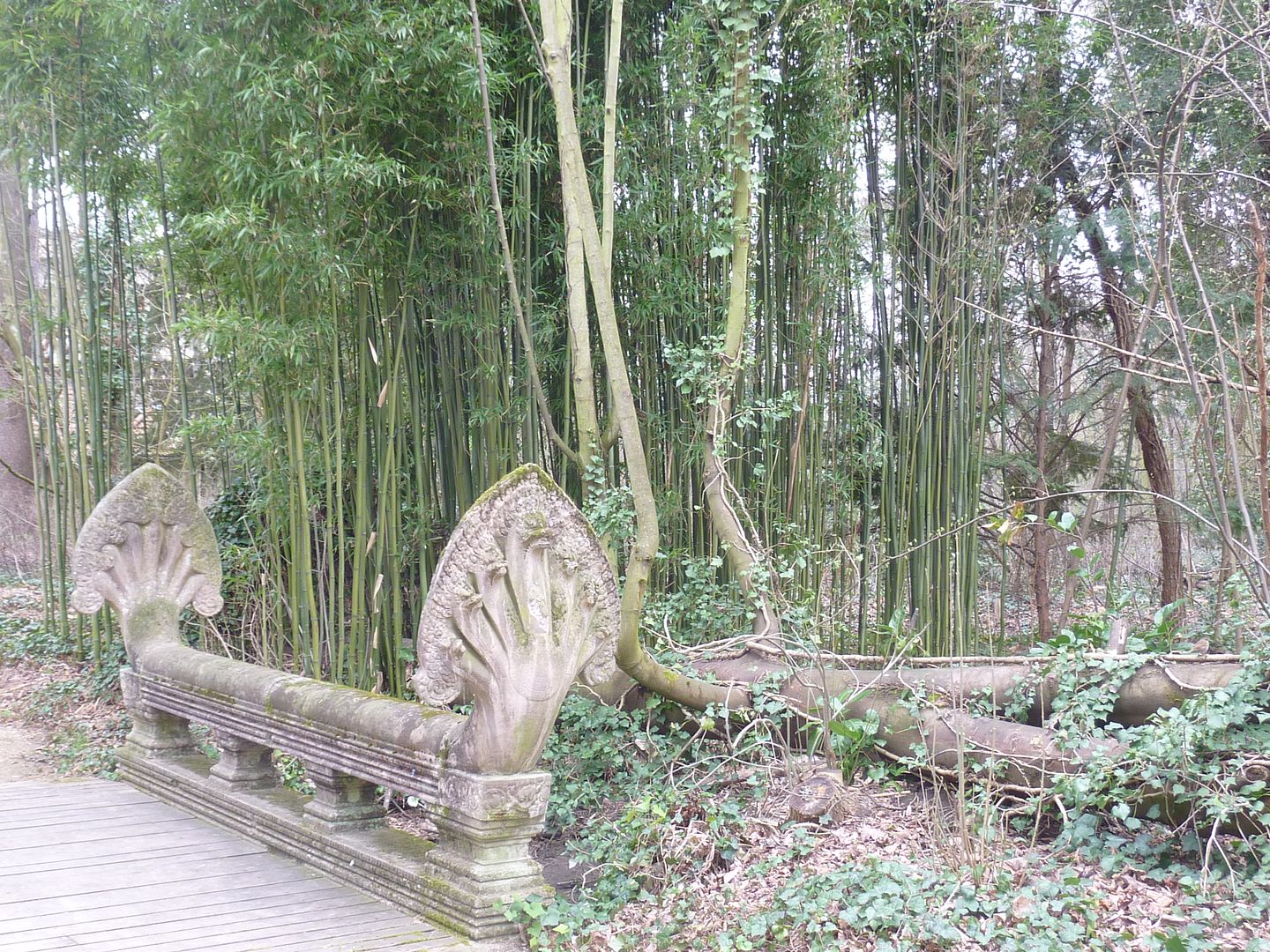


Then there was a Vietnamese bridge.
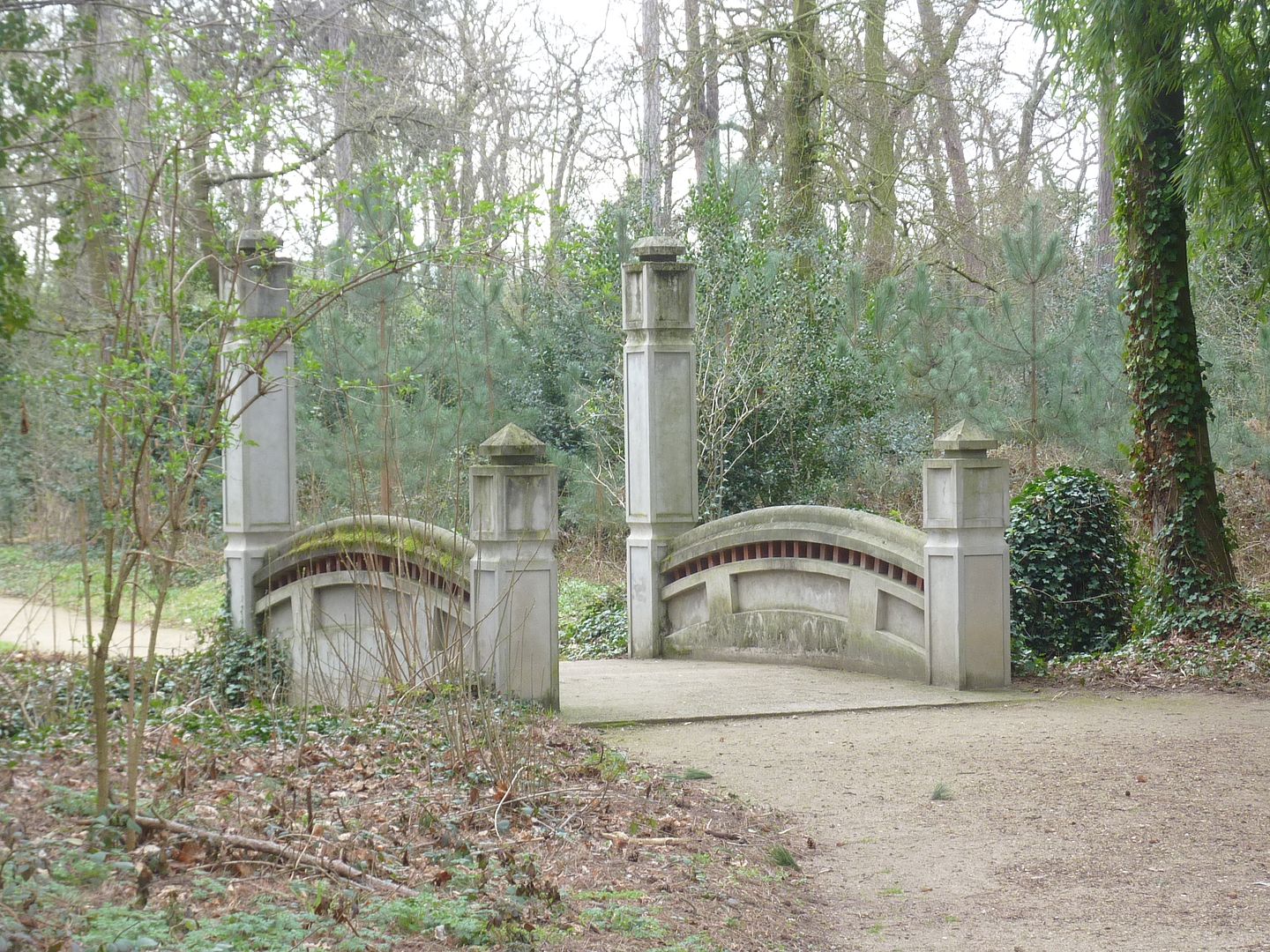
I arrived at the Dinh esplanade (thank god I found some information on the net, because there was no information on the scene). There used to be a temple there, imported from the colonial exhibition in Marseille from 1906 (Have you figured out yet that there used to be a colonial exhibition somewhere every year?). Emperor Khai-Dinh even came for a visit from Hué in 1919. Oh well, the temple was destroyed by arson in 1984, but it was replaced by a small new temple in 1992.
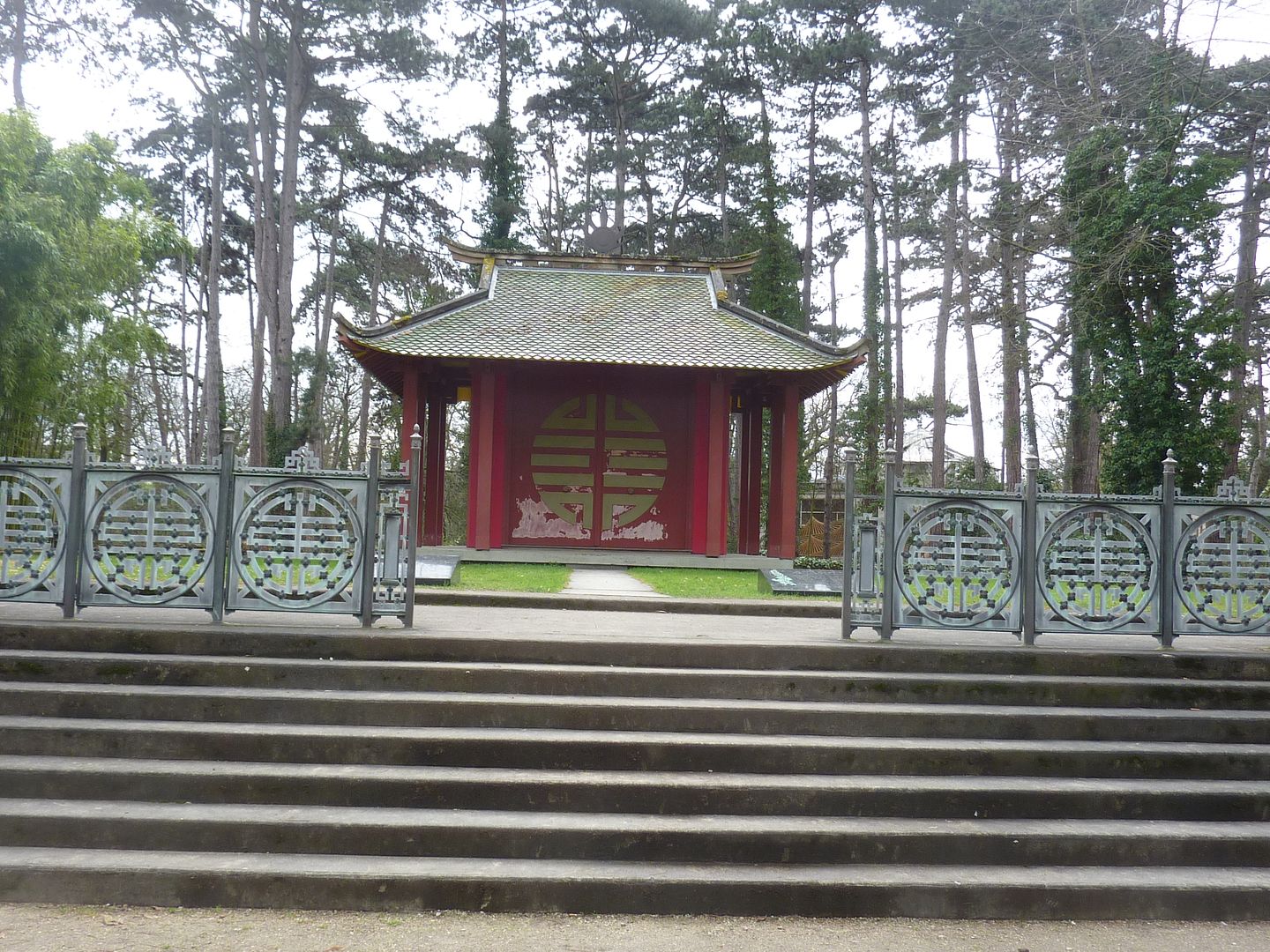
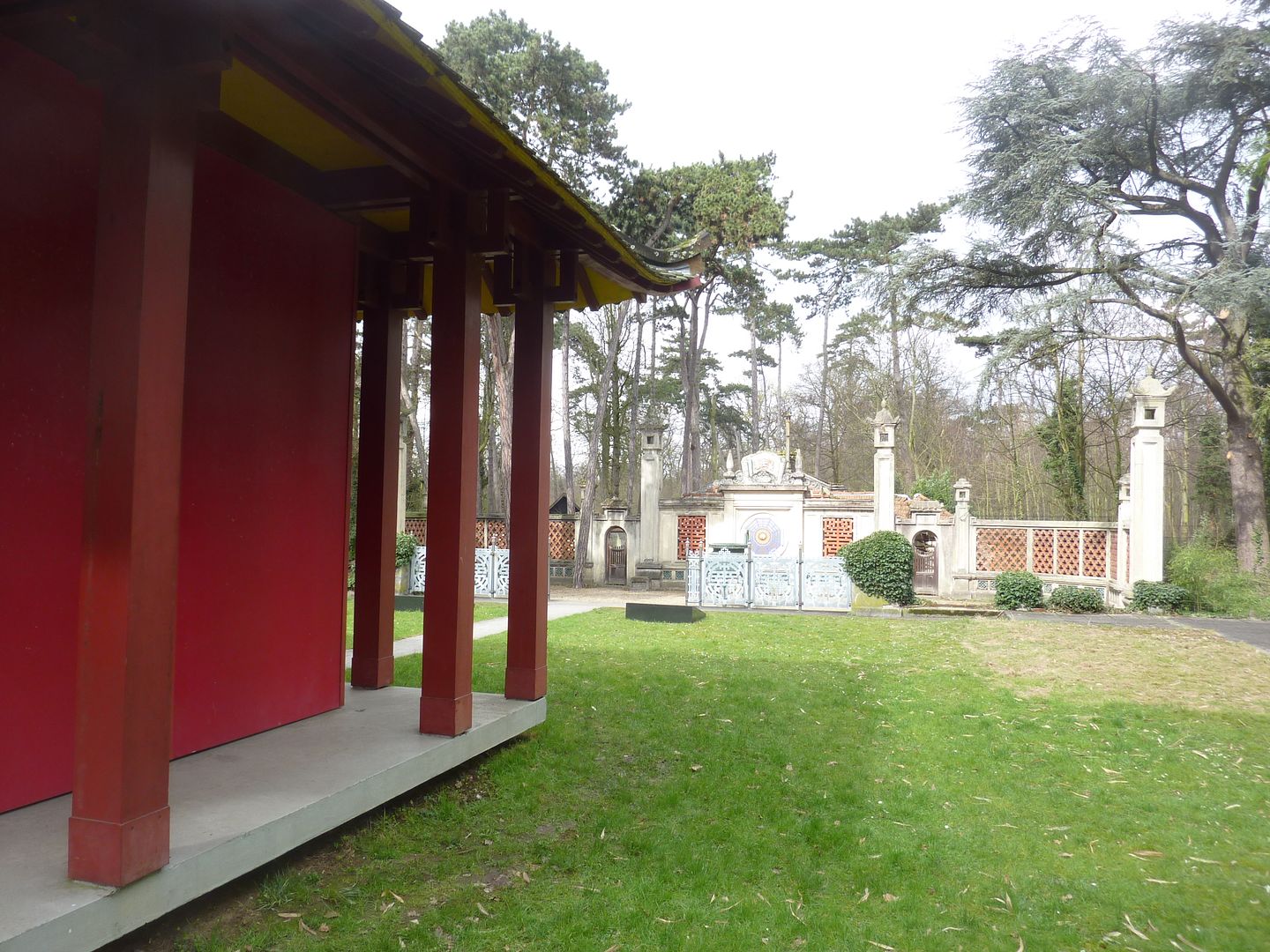
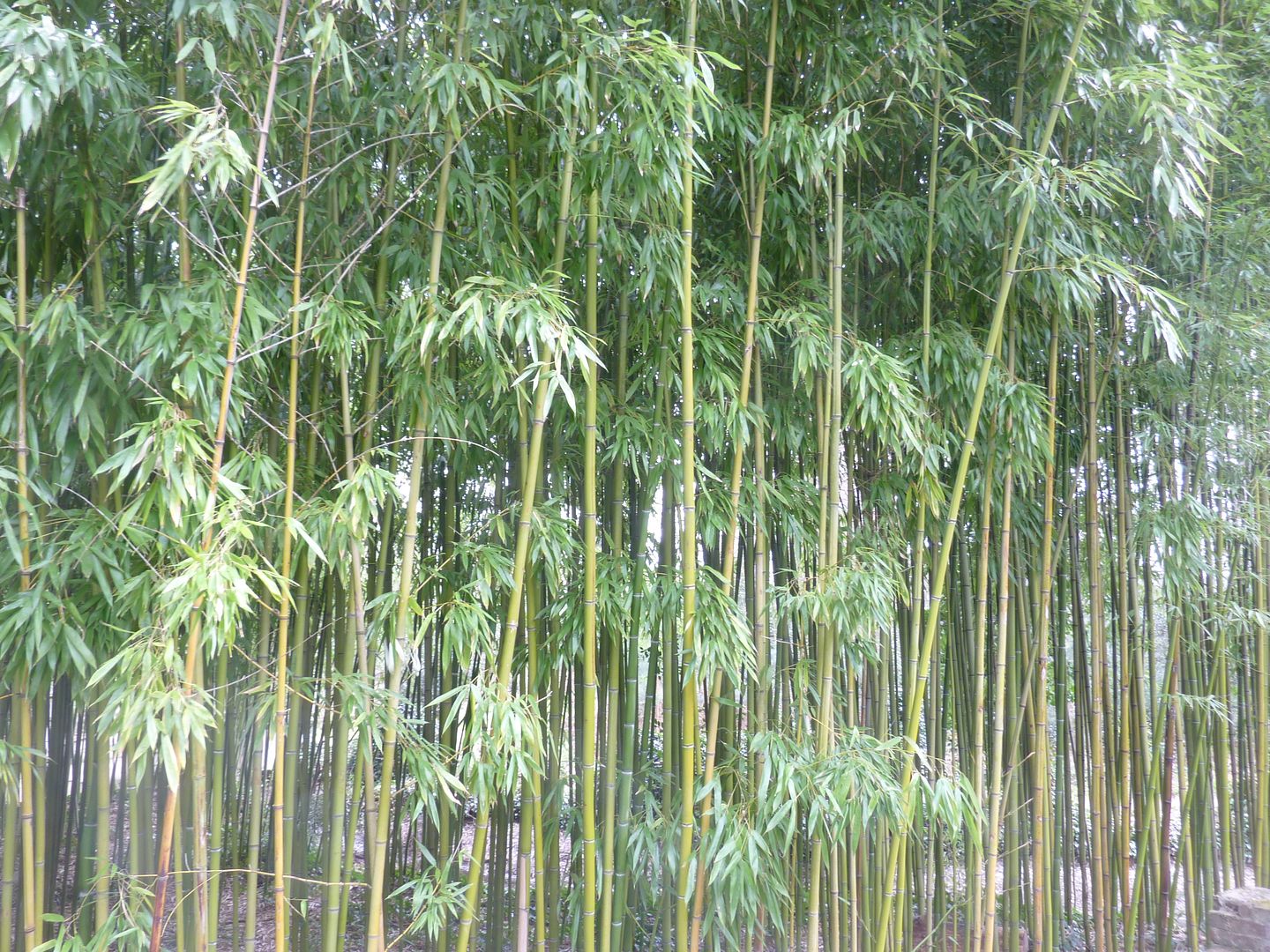
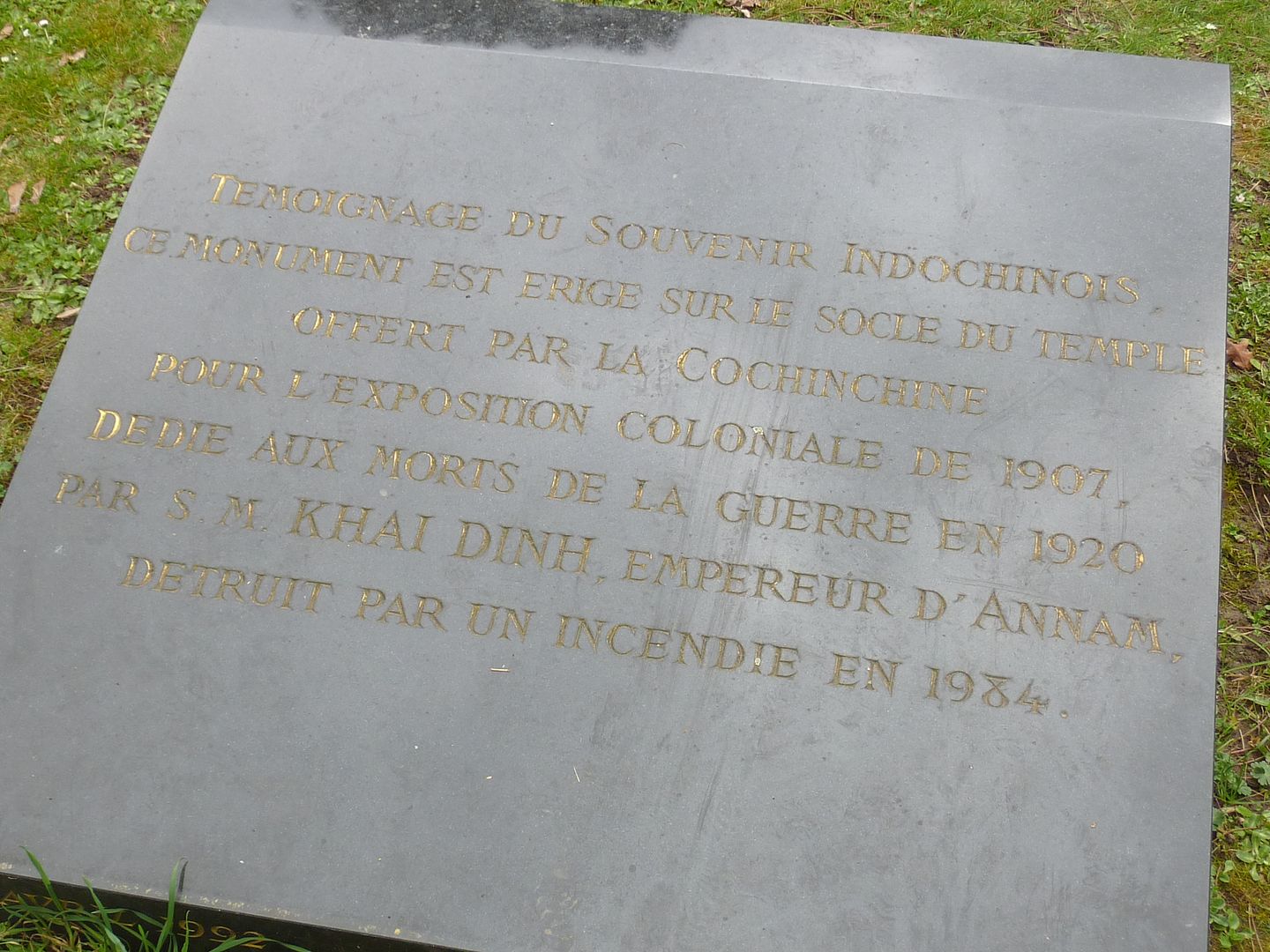
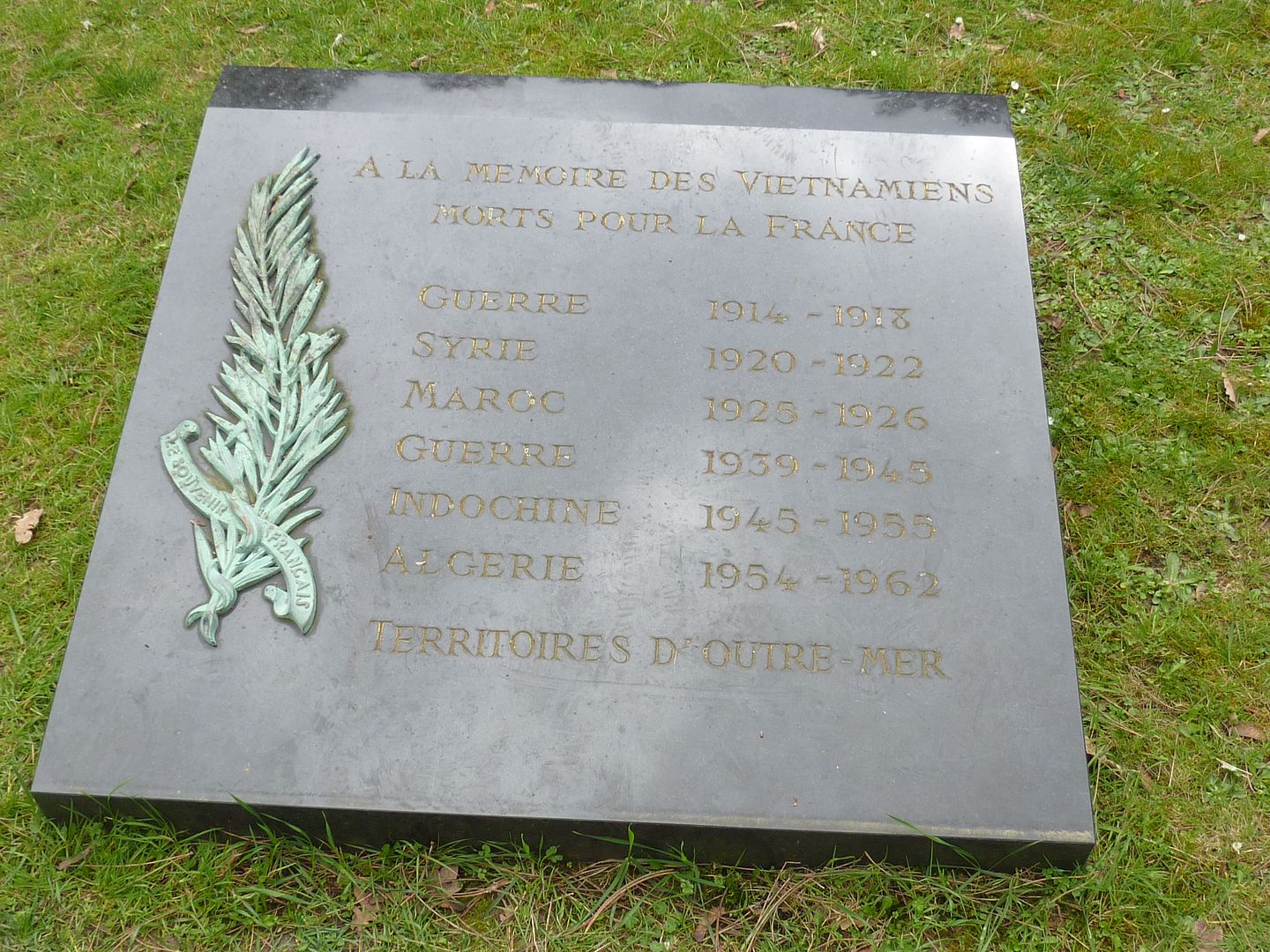
Part of the other side of the esplanade still exists, even though it has seen better days.
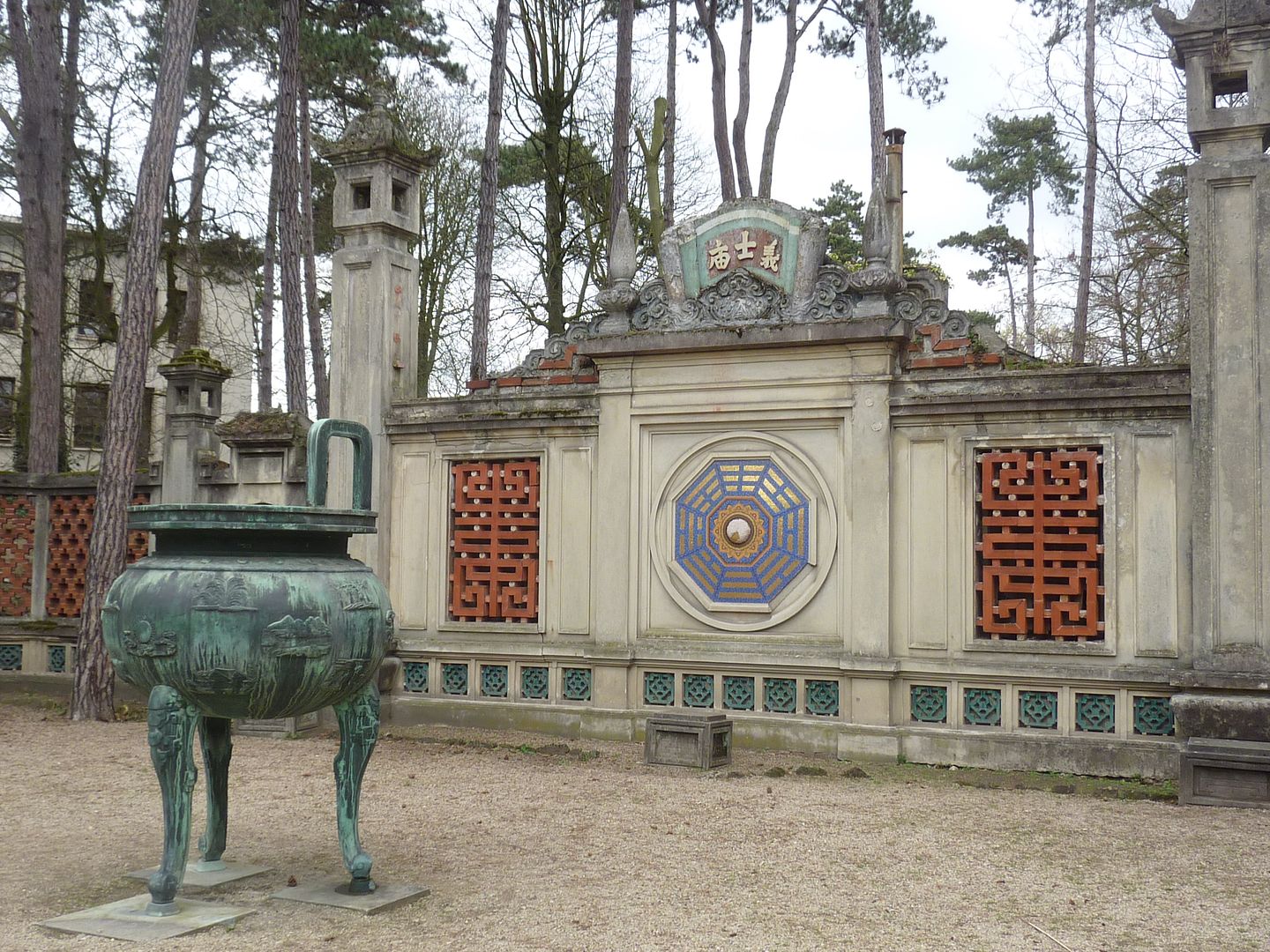
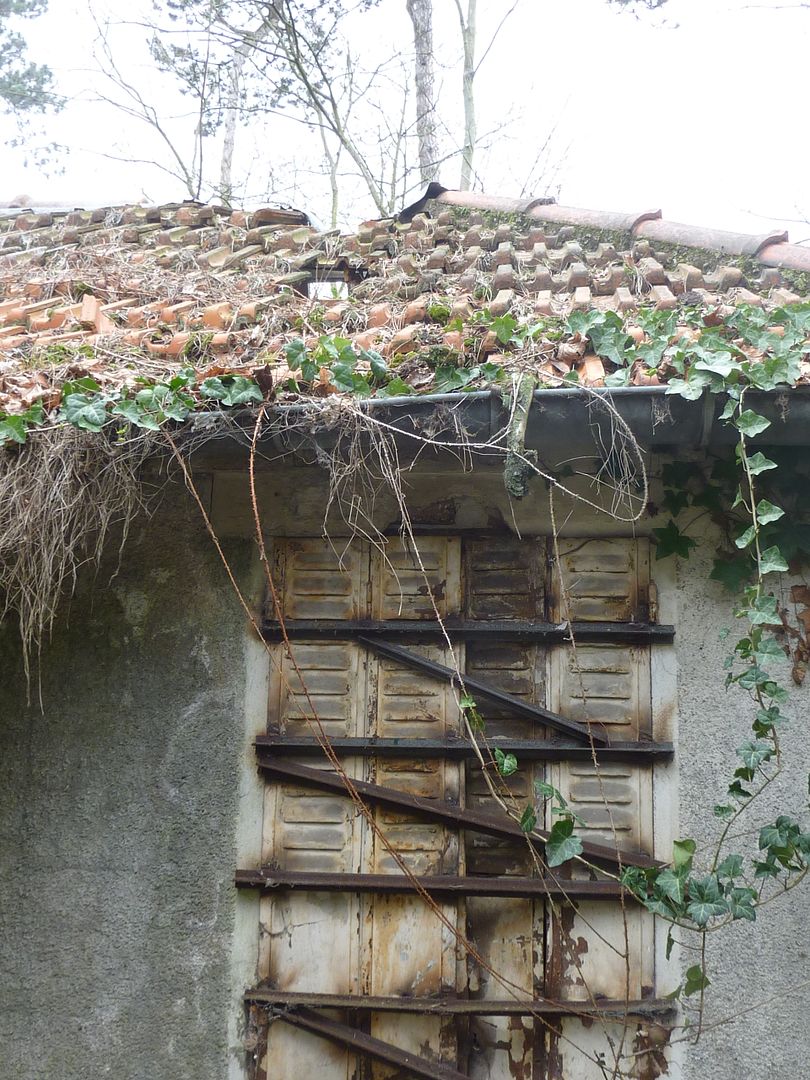

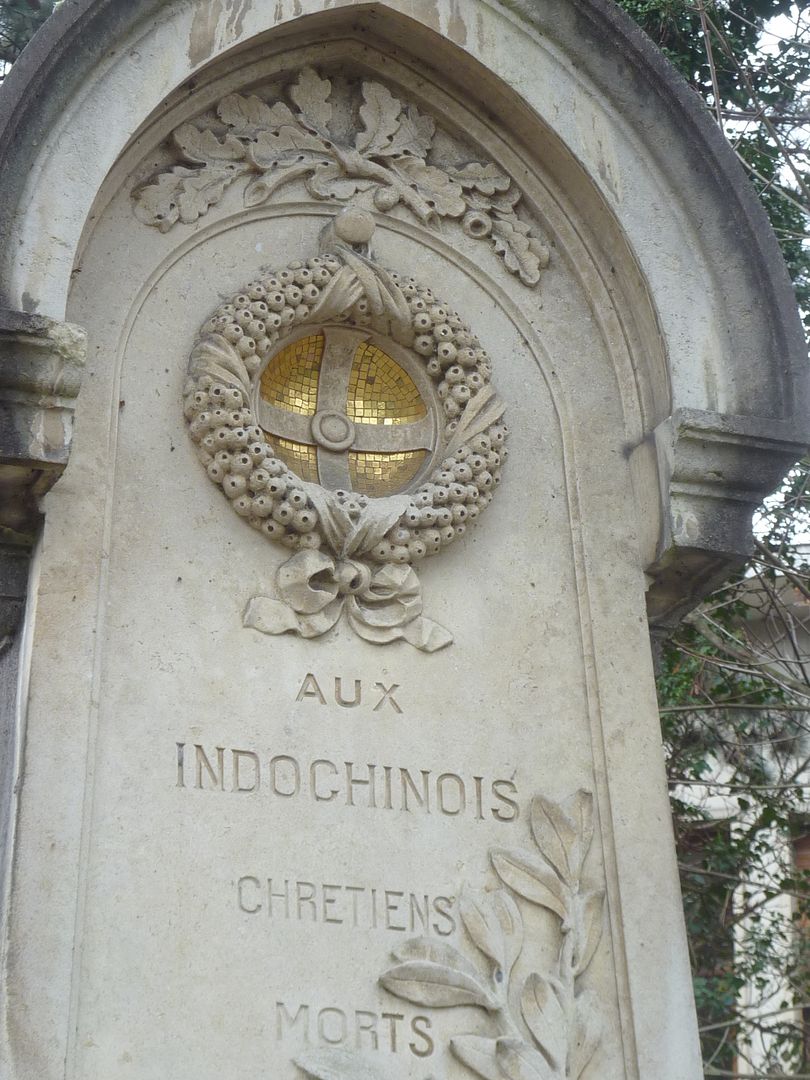
I will be back some day...
I made a later addition to the original report...
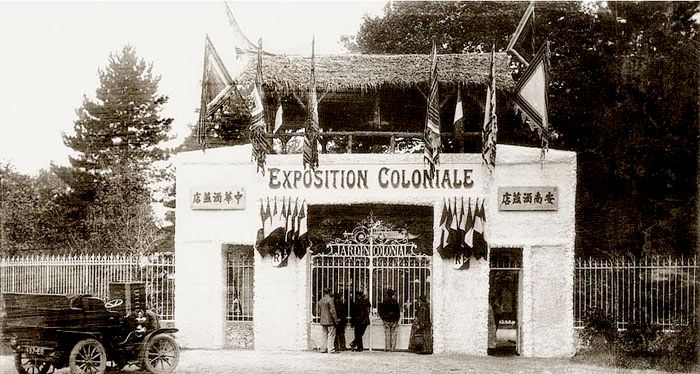
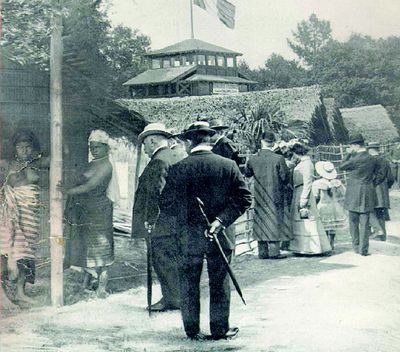
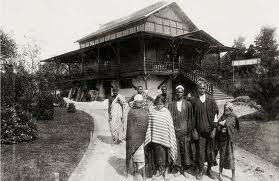



Okay, perhaps the name of this thread is not particularly appealing compared to the multitude of fabulous sights to see in the city of Paris, including the multitude of impeccably manicured parks and gardens. Nevertheless, I always want to take a closer look at what most people never see, so this place was a must.
I admit that I had never heard of the place until a few weeks ago, which was already a bit surprising to me -- I thought I knew Paris like the back of my hand. But there was a small article in a publication here, and I decided that I had to go.
One reason that I had never encountered the place was because even though it is inside the Paris city limits, to go there you have to take the RER A suburban rail line 3 stops out of the city to Nogent-sur-Marne. Why is this? Because it is on the "back" side of the Bois de Vincennes at the edge of the city.
So, on the last day of winter, I took the train to the designated station.

Well, at least the city of Nogent knows all about it, because there are signs to lead you there. Okay, I guess I should admit that the official name is not "the abandoned garden of desolation." The more common name would lead you to believe that you are going to see something else, but I knew better.

You have to walk through a couple of suburban streets to get back to the Bois de Vincennes.

The entrance sign gives a more complicated official name and makes believe that it is a standard park.

Time to supply a bit of information about this place then.
As you all know, the principal function of the colonial powers was to suck dry all possible resources of the occupied countries. France had perhaps one of the more clever empires and had a firm interest in making the resources last as long as possible.
At the end of the 19th century, France set up a tropical agricultural research center in the Bois de Vincennes to coordinate all of the experiments in progress regarding the cultivation of cacao, coffee, bananas, rubber, vanilla, nutmeg and other spices. This place published a sales catalogue every year of about 40,000 seeds and more than 10,000 cuttings, grafts and little potted plants that could be sent around to all of the colonies for the farmers to try their luck.
In 1907, the Bois de Vincennes was a major site of the Colonial Exhibition, and they created 5 villages including a zoo of inhabitants for Parisians to gawk at: Indochina, Madagascar, Congo, a Sudanese farm and a Toureg desert camp. Two million people came to see it all during the six months of the exhibition.
There were pavilions selling ethnic products and tearooms for sitting to taste the tea, chocolate and coffee.
Things quieted down after that, and it can be assumed that when the war began in 1914, this place was no longer a priority at all. Some of the buildings were converted to offices for the CIRAD -- the agricultural research center for developing countries, but it was moved to Montpellier in 1976, and that's when the place was truly abandoned.
The whole area was closed off until 2003 when the city of Paris bought the land back from the republic. Since then, it has been cleaned up a bit and reopened as best as possible, but since it is about as far away as one can get from anywhere else in Paris, it is rather obvious that it is not a high priority.
So let's finally walk inside.


Rumour has it that this gate was created for the colonial exhibition of 1906 in the Grand Palais and moved here the following year. An Indochinese association renovated it in 1921, but not much has been done since then. It was severely damaged in the huge tempest of 1999 when 50% of the trees of the Parisian woods were downed.

I headed off to the right, where the Asian section was located. Old statues have been artistically dumped here.

A lady is a lady with lovely necklaces -- no need for a head.





Just a little beyond there was a stupa just like in downtown Vientiane, Laos.

The other side showed that it is not totally forgotten.




This bridge of the 7-headed naga is not in Siem Reap.



Then there was a Vietnamese bridge.

I arrived at the Dinh esplanade (thank god I found some information on the net, because there was no information on the scene). There used to be a temple there, imported from the colonial exhibition in Marseille from 1906 (Have you figured out yet that there used to be a colonial exhibition somewhere every year?). Emperor Khai-Dinh even came for a visit from Hué in 1919. Oh well, the temple was destroyed by arson in 1984, but it was replaced by a small new temple in 1992.





Part of the other side of the esplanade still exists, even though it has seen better days.




It was time to see more of the abandoned pavilions.
This one represented Tunisia. My documentation tells me it used to be surrounded by palm trees.
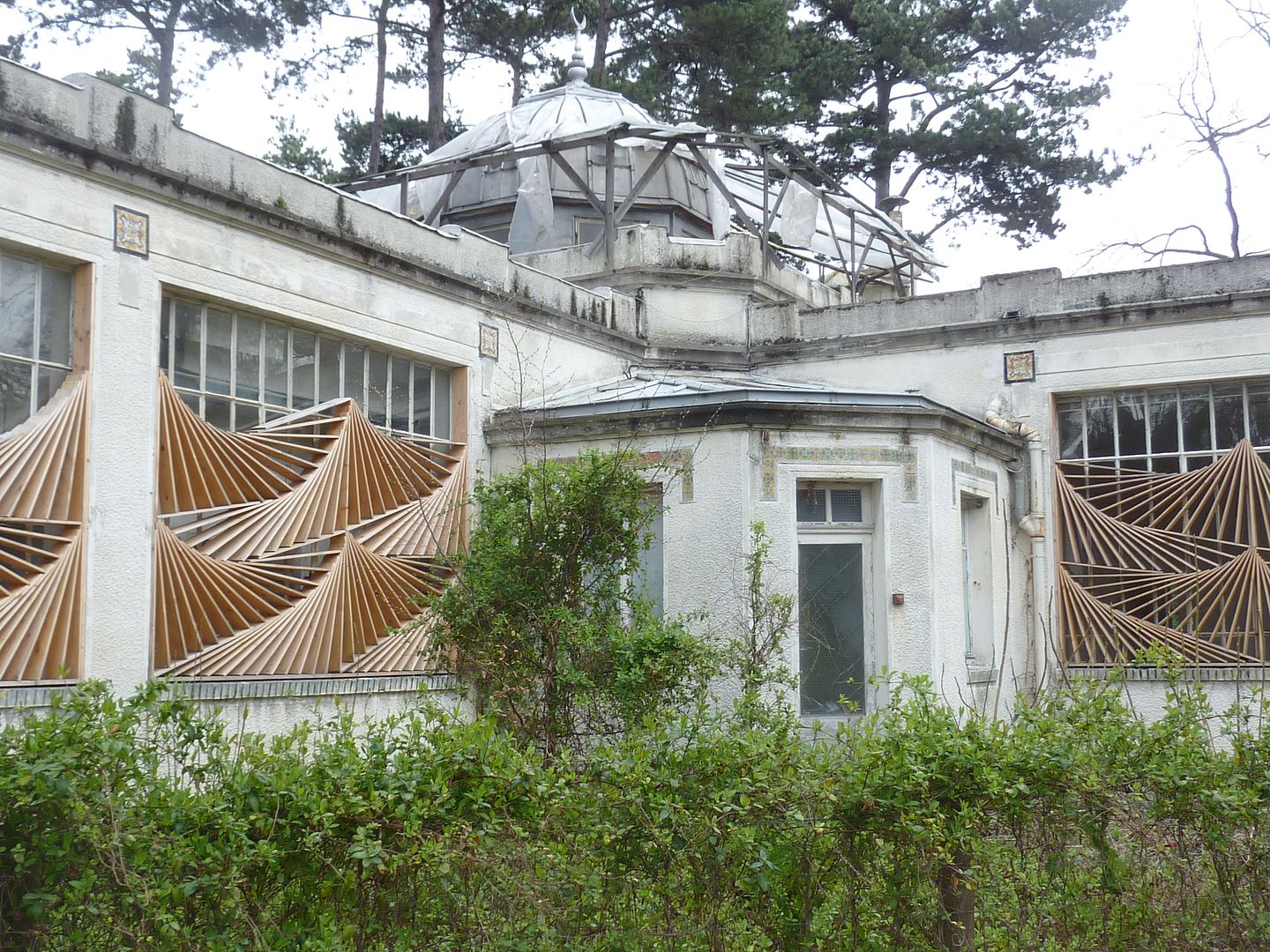
Although it is closed, some artists have been at work.
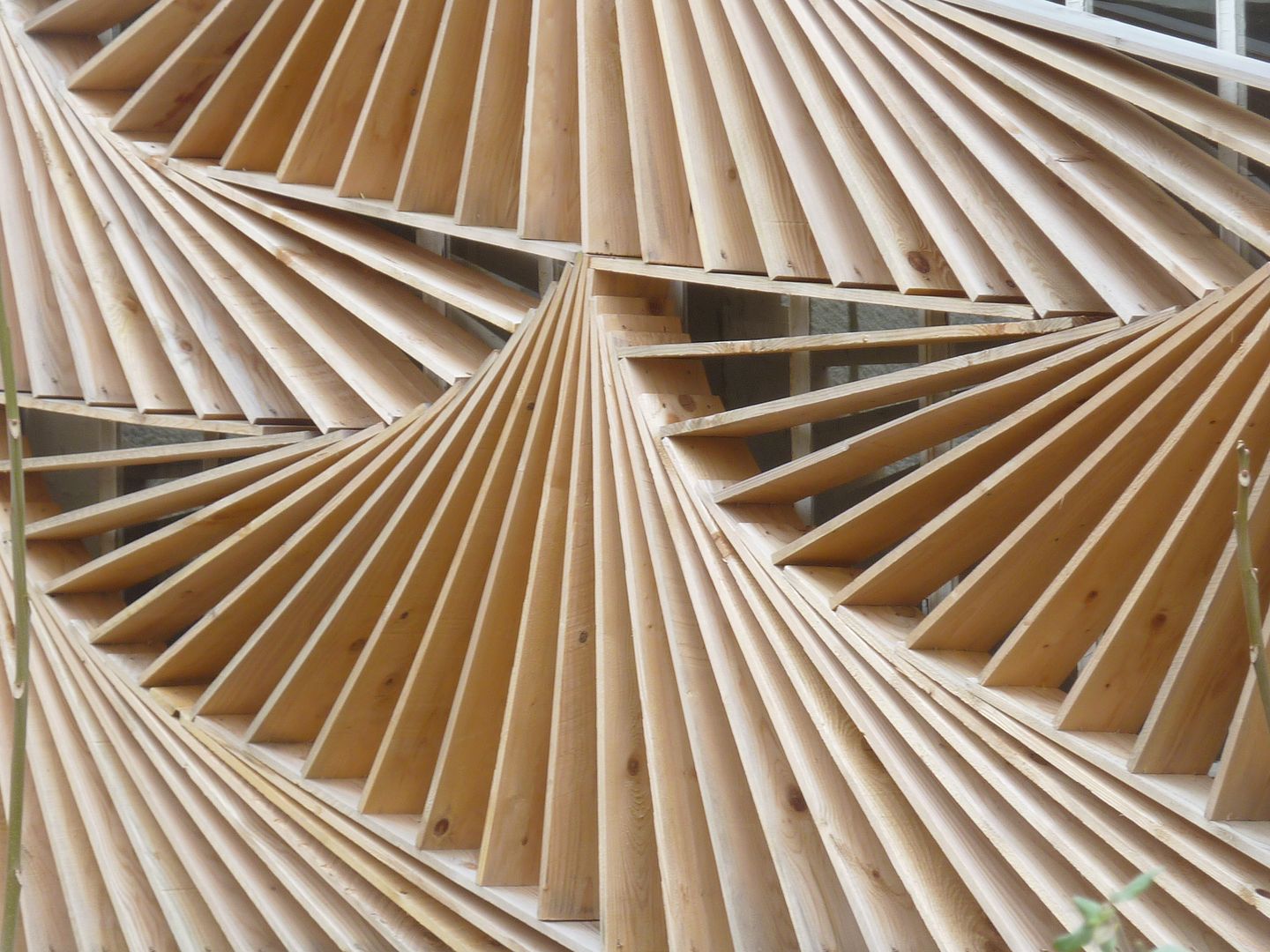
Other buildings have not been as lucky.
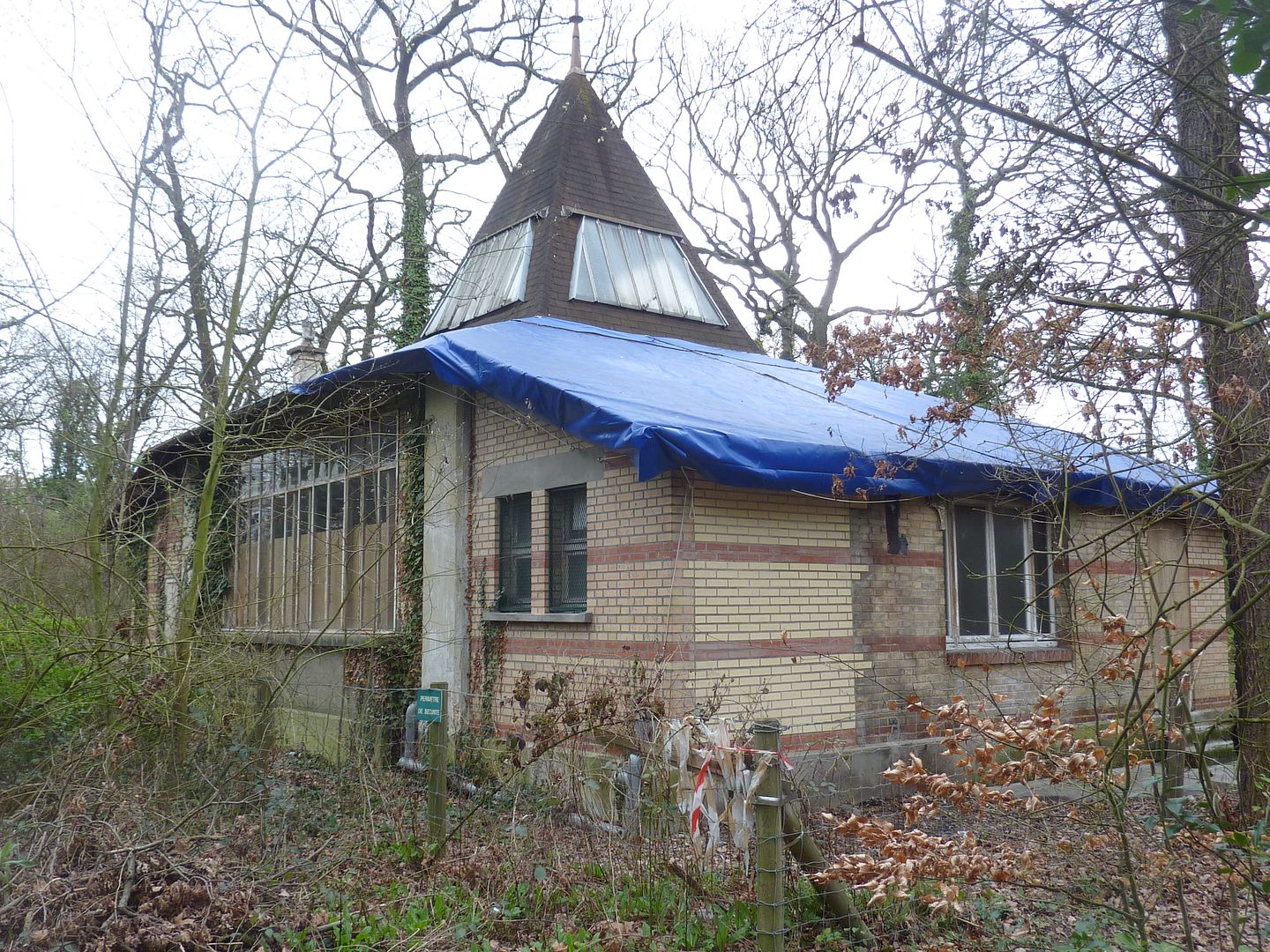
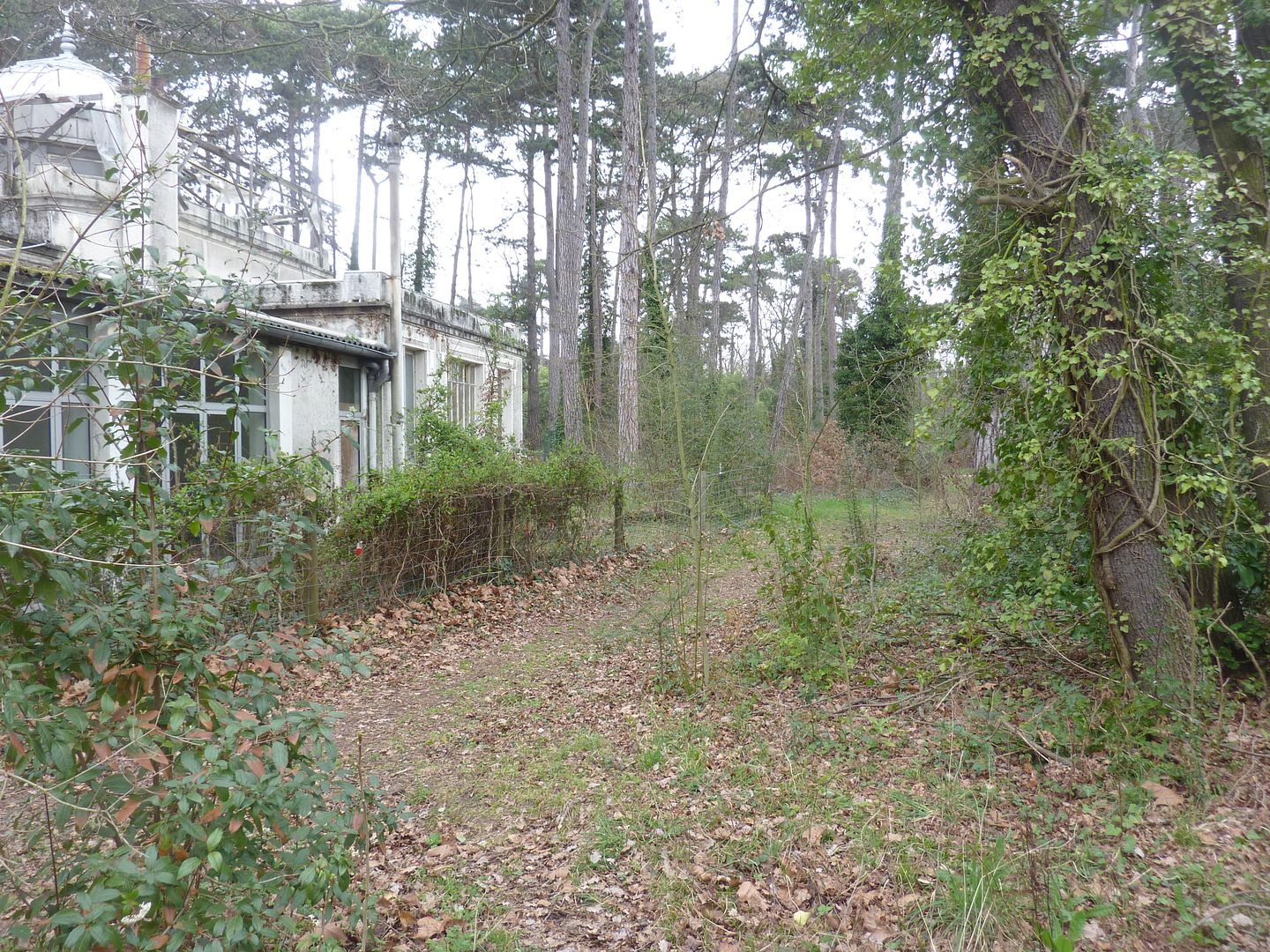
A forgotten notable reigns over the abandoned pavilions.

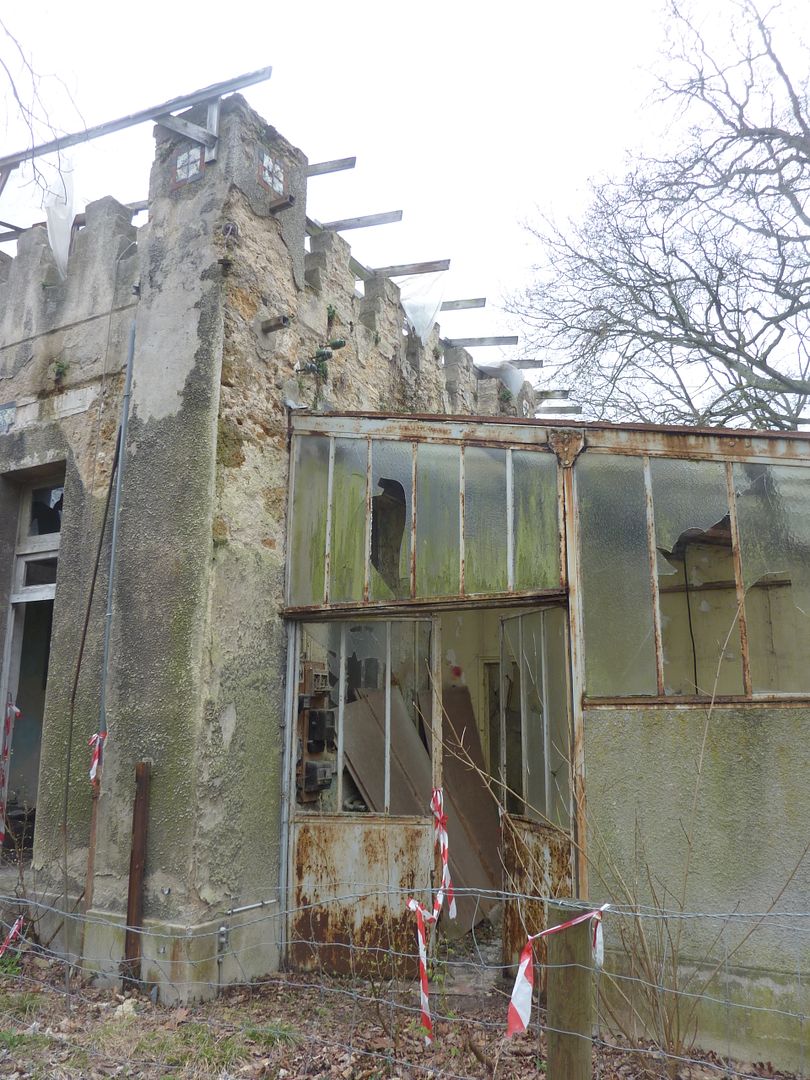



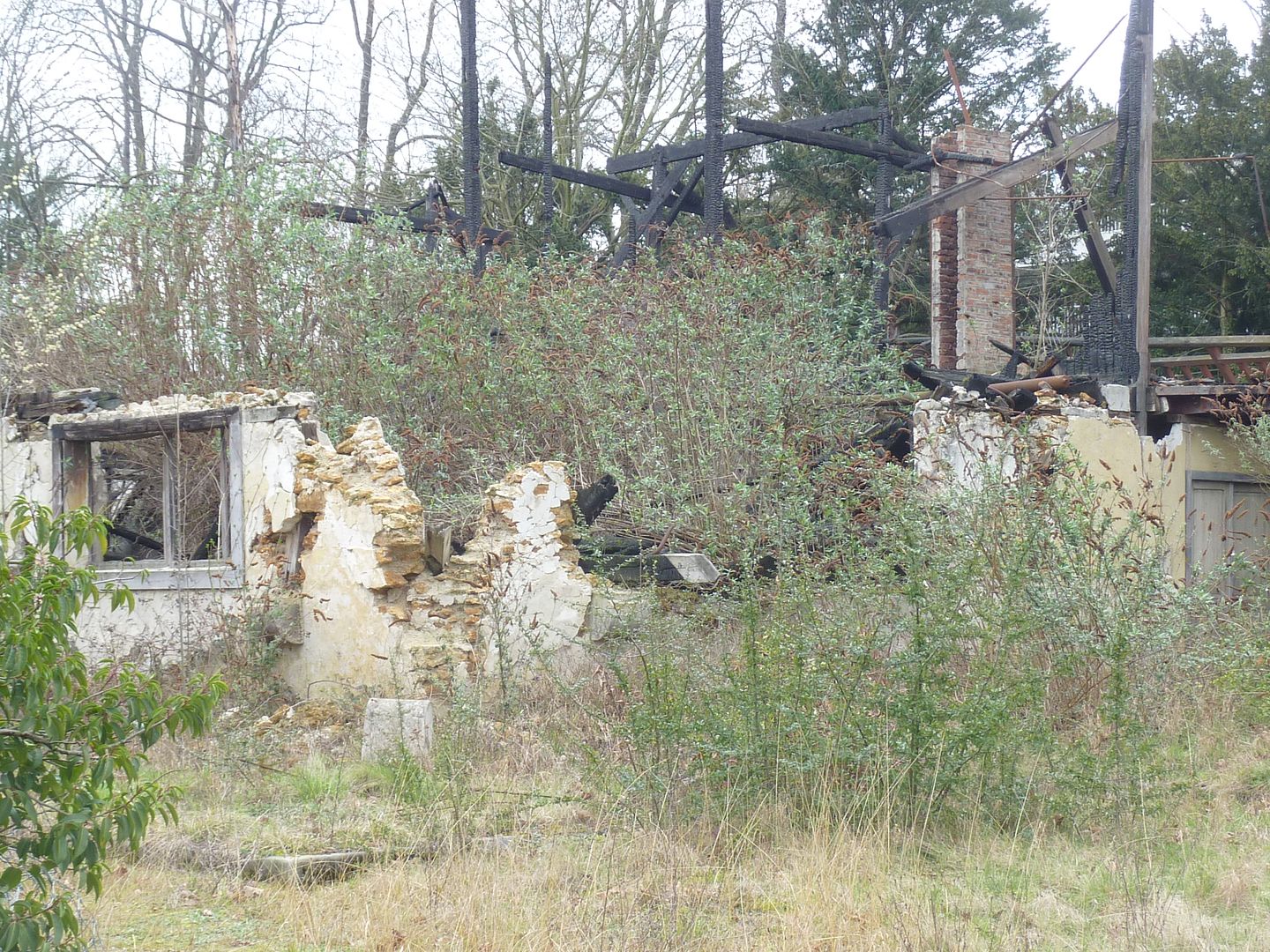

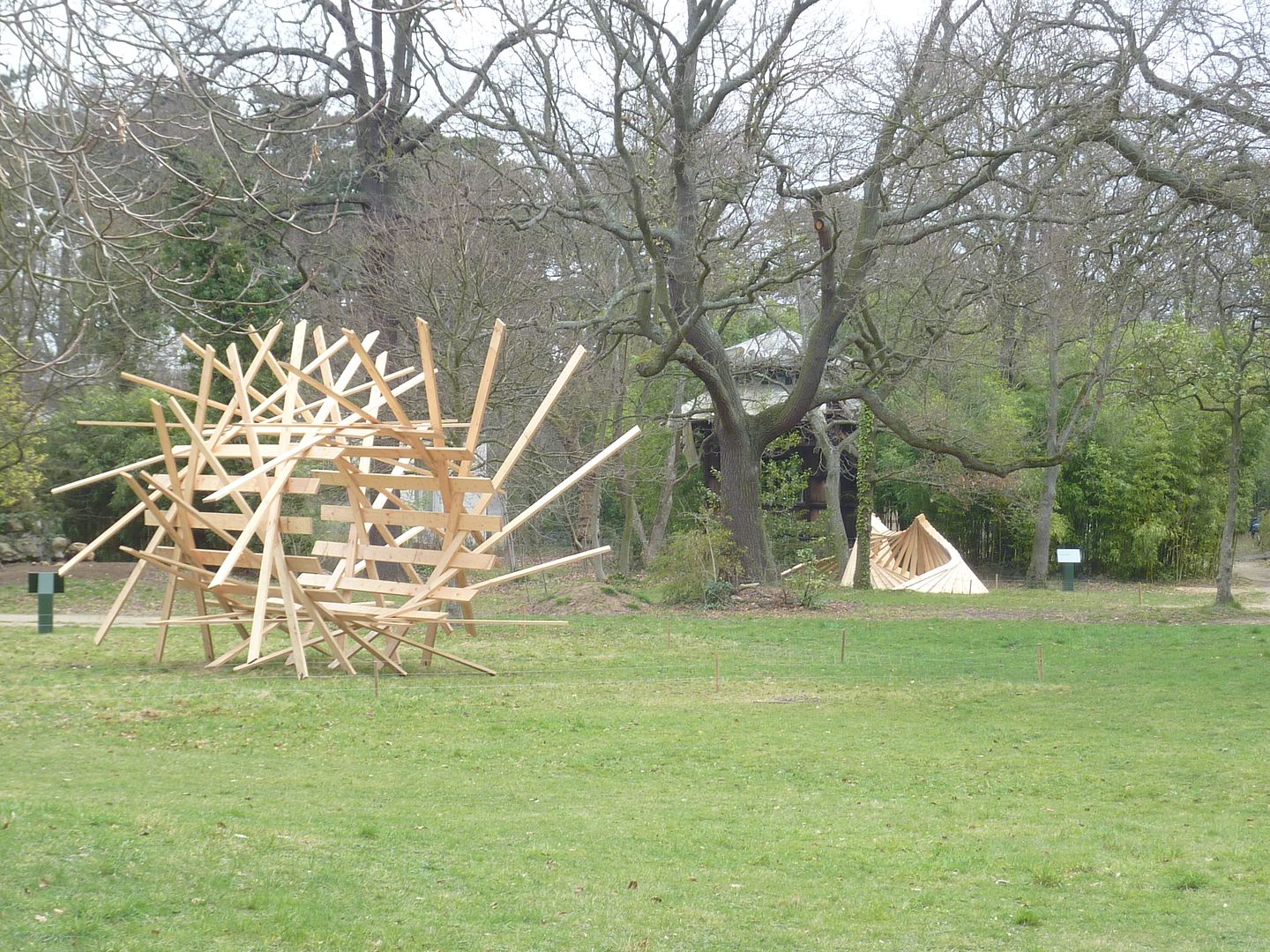
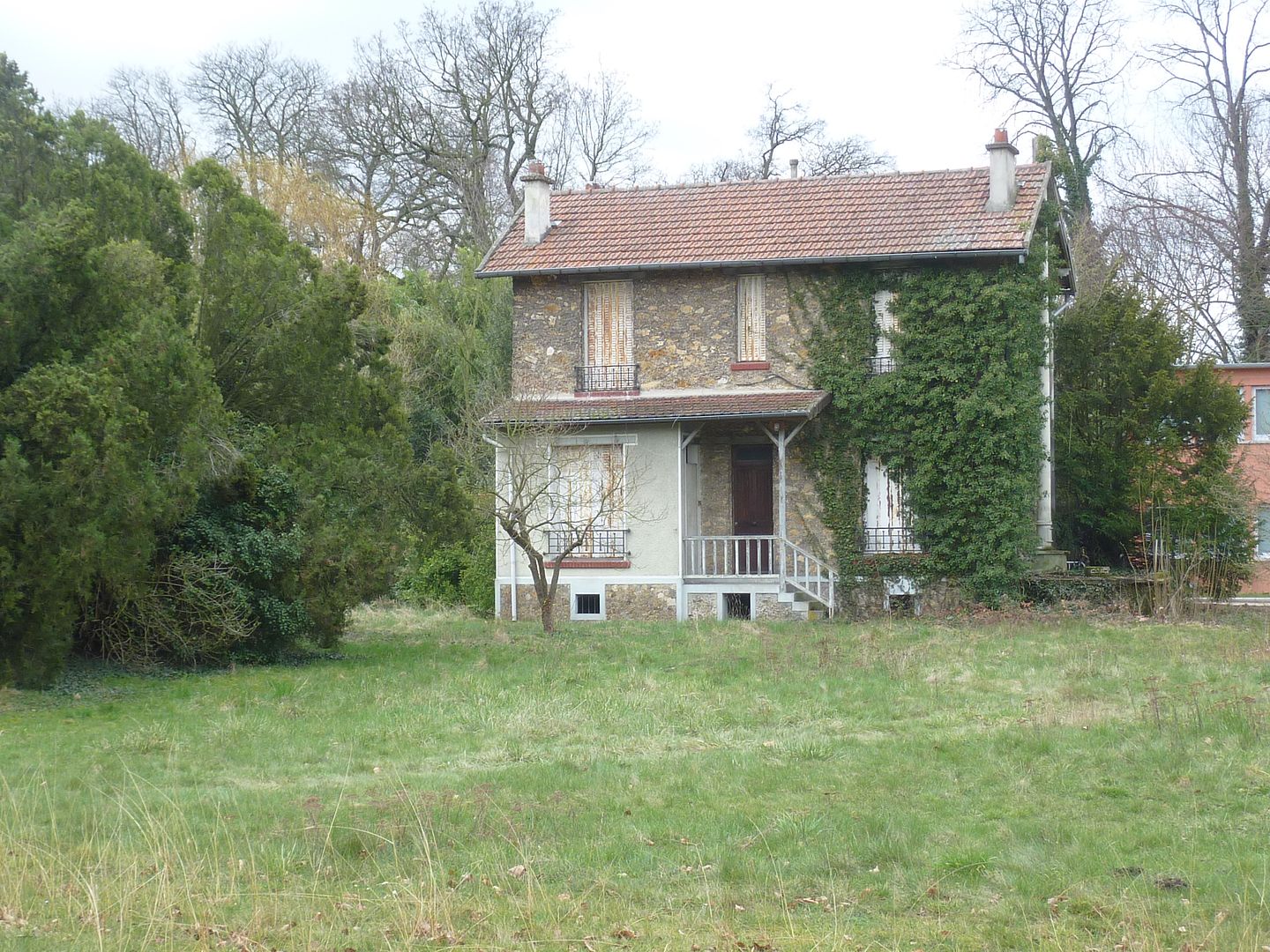
Spring is at work anyway.
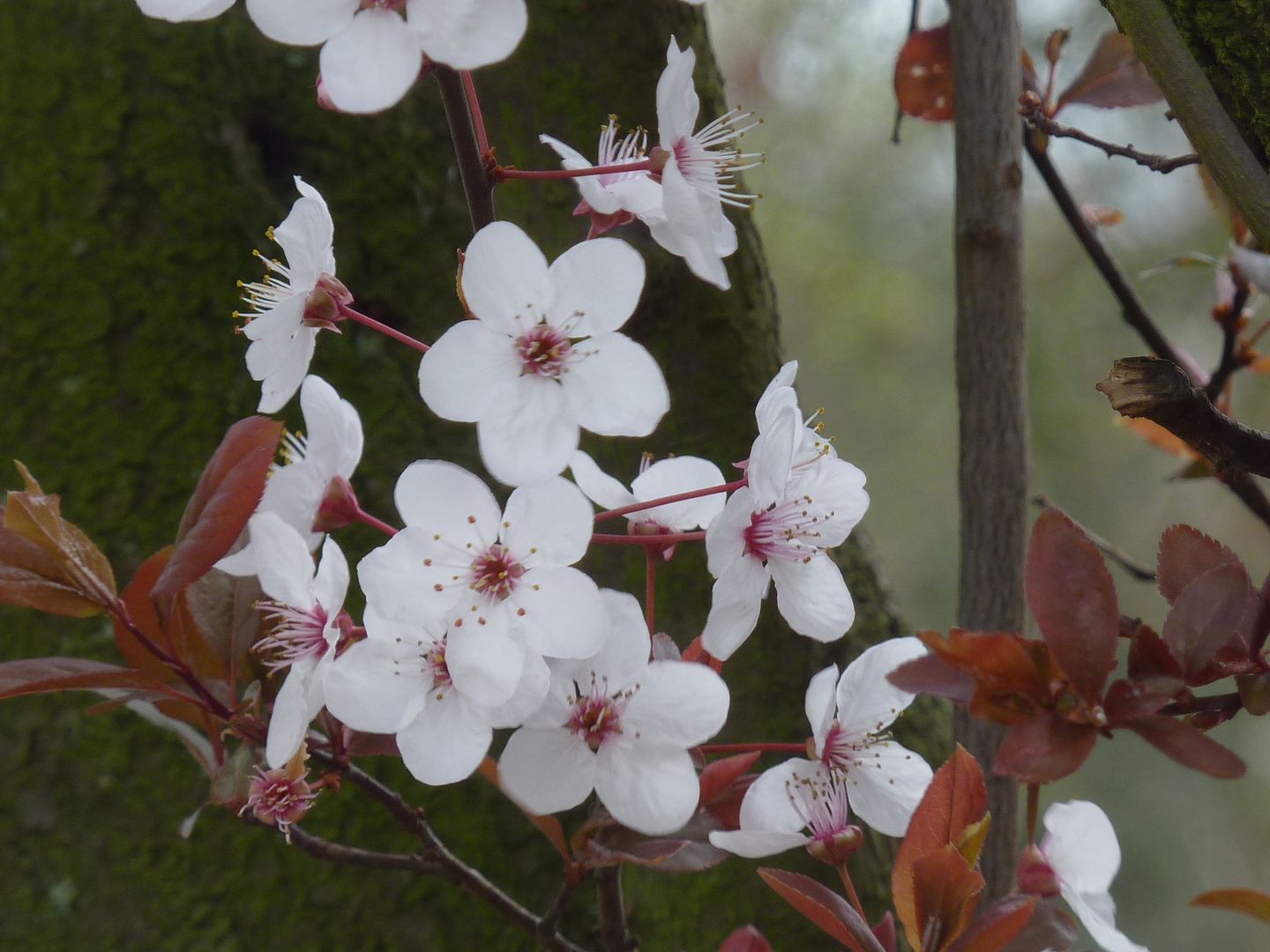
The Indochina pavilion is still in use for the environmental offices.
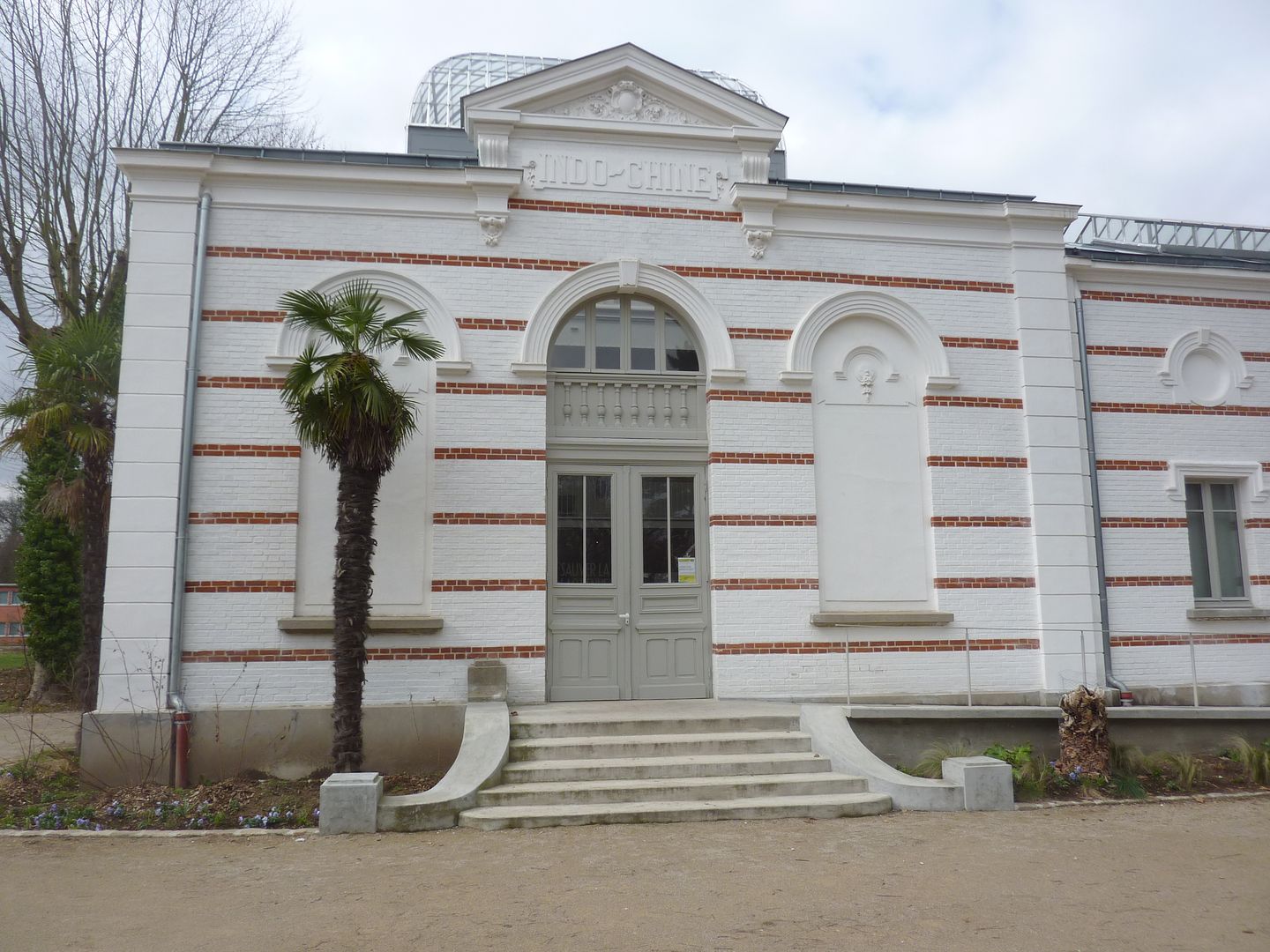
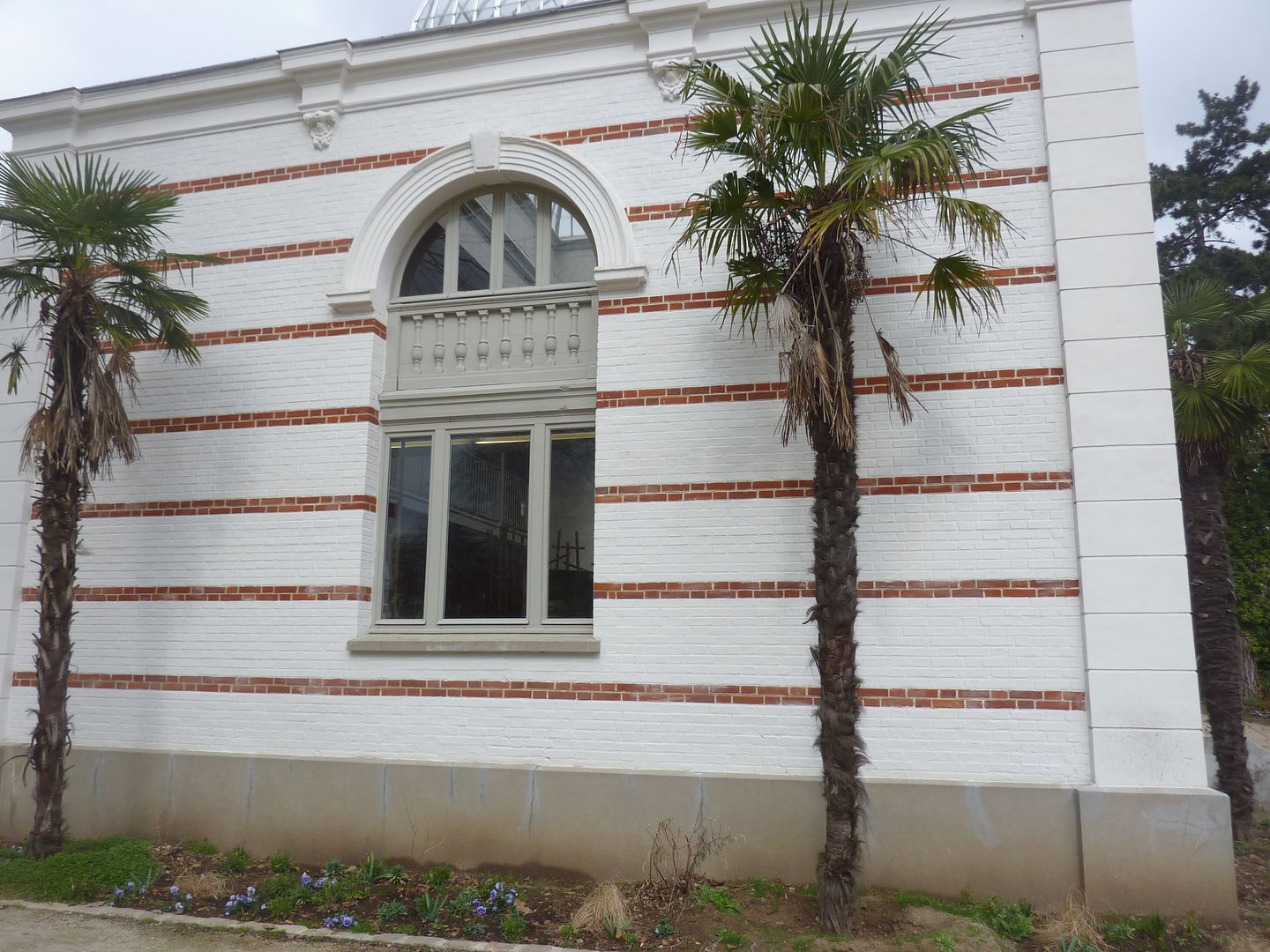
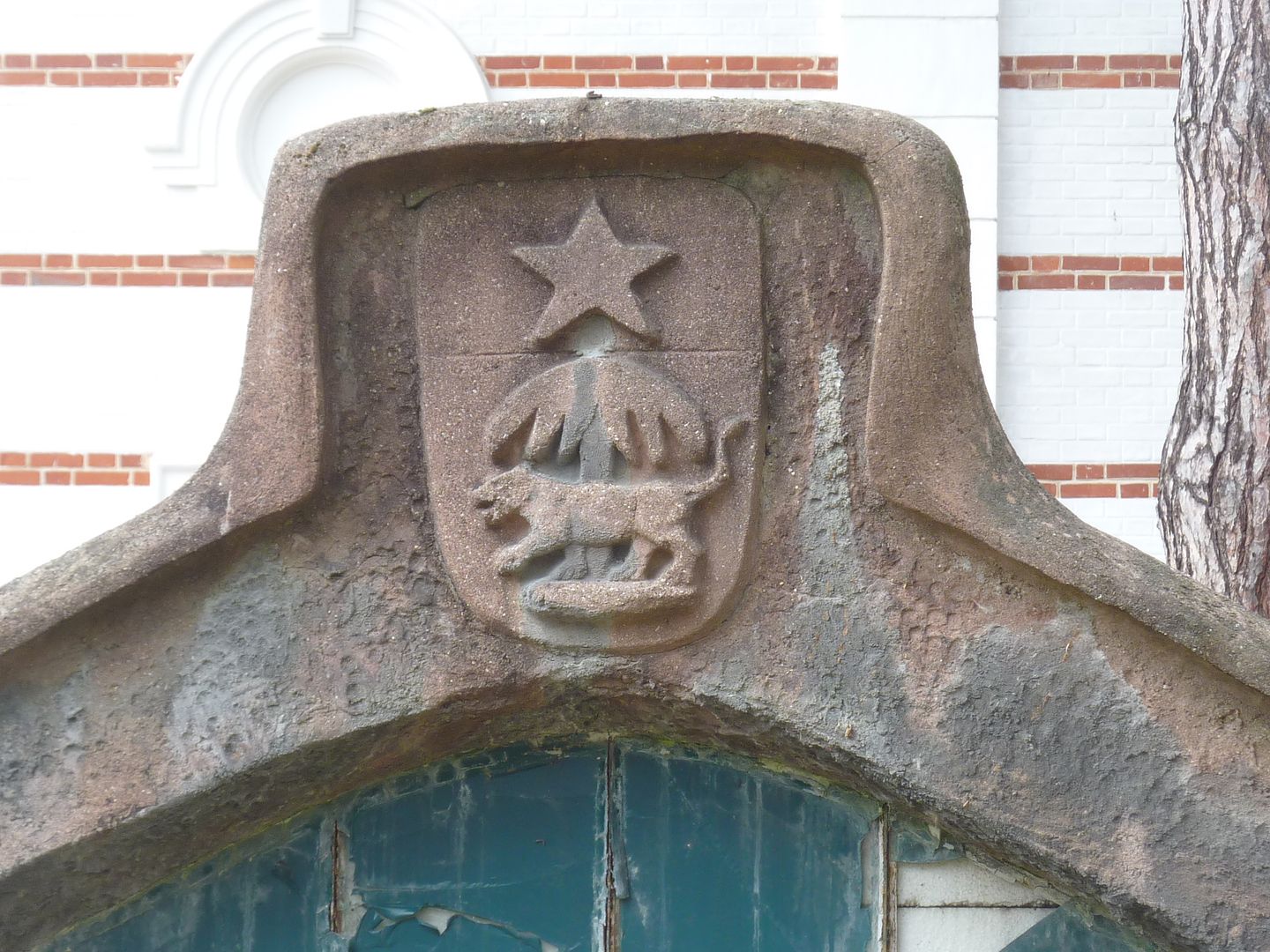
Time to wander away from the zone of ruins.

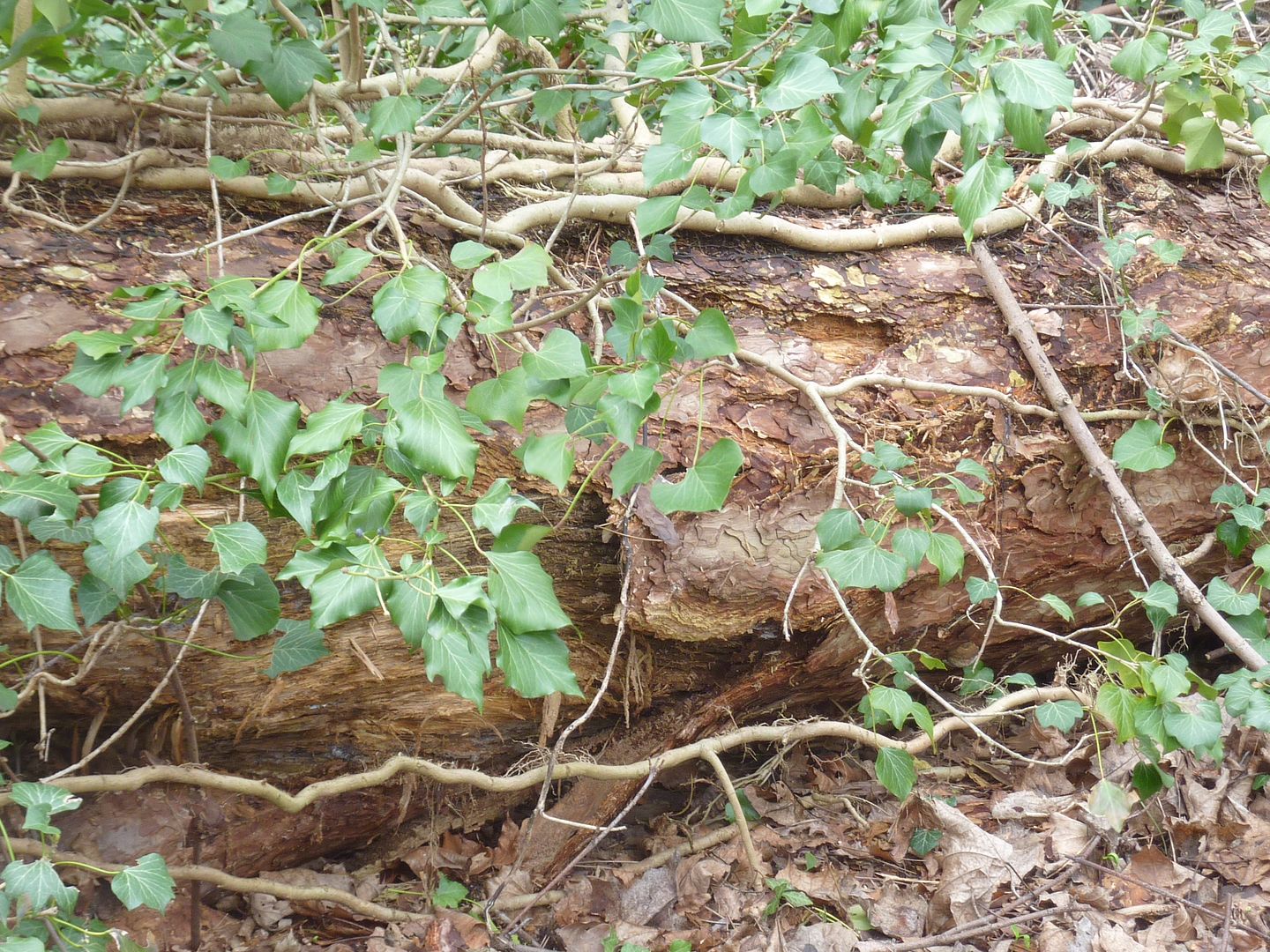
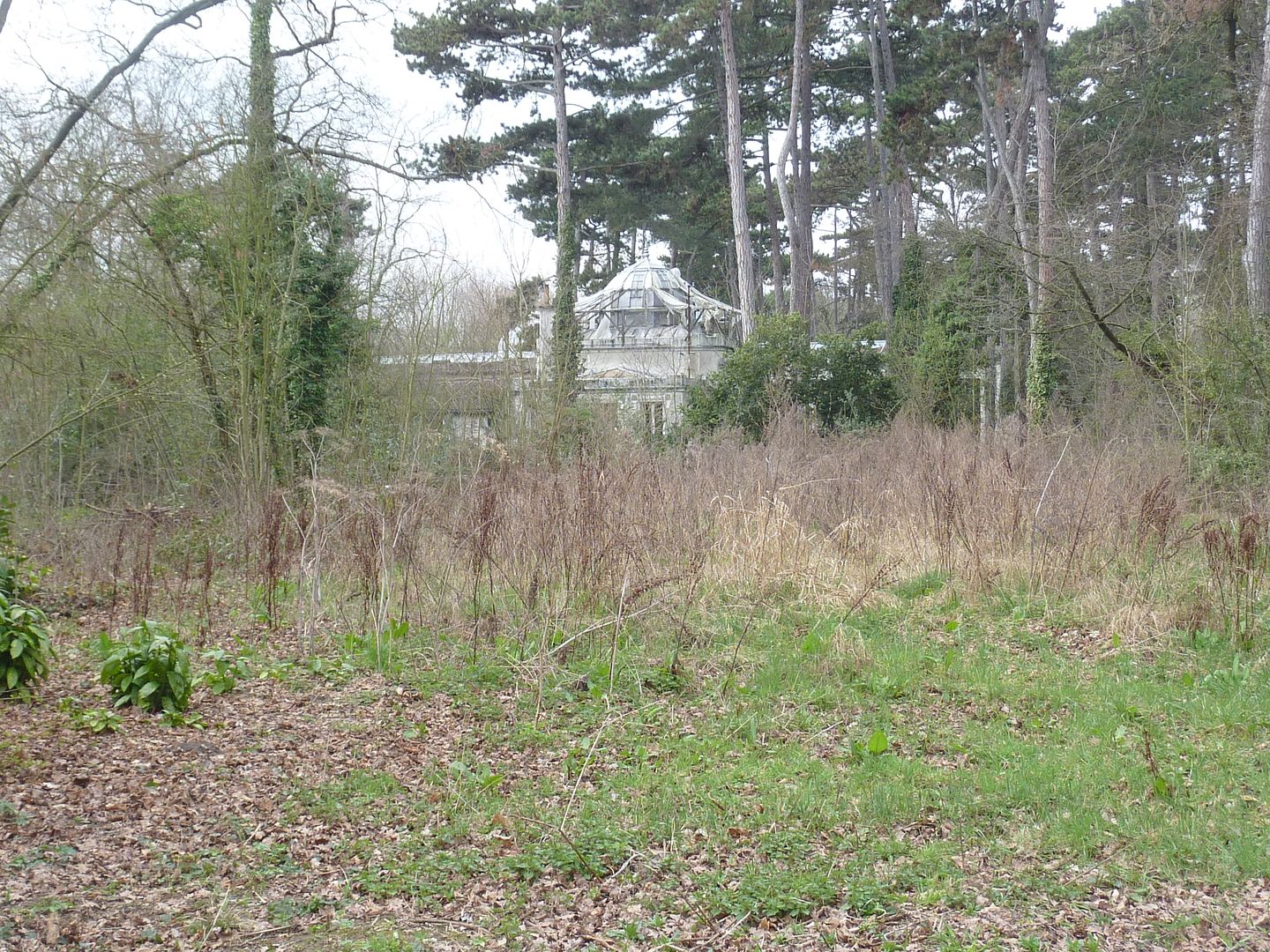
Surprisingly, I was not the only person in the garden.
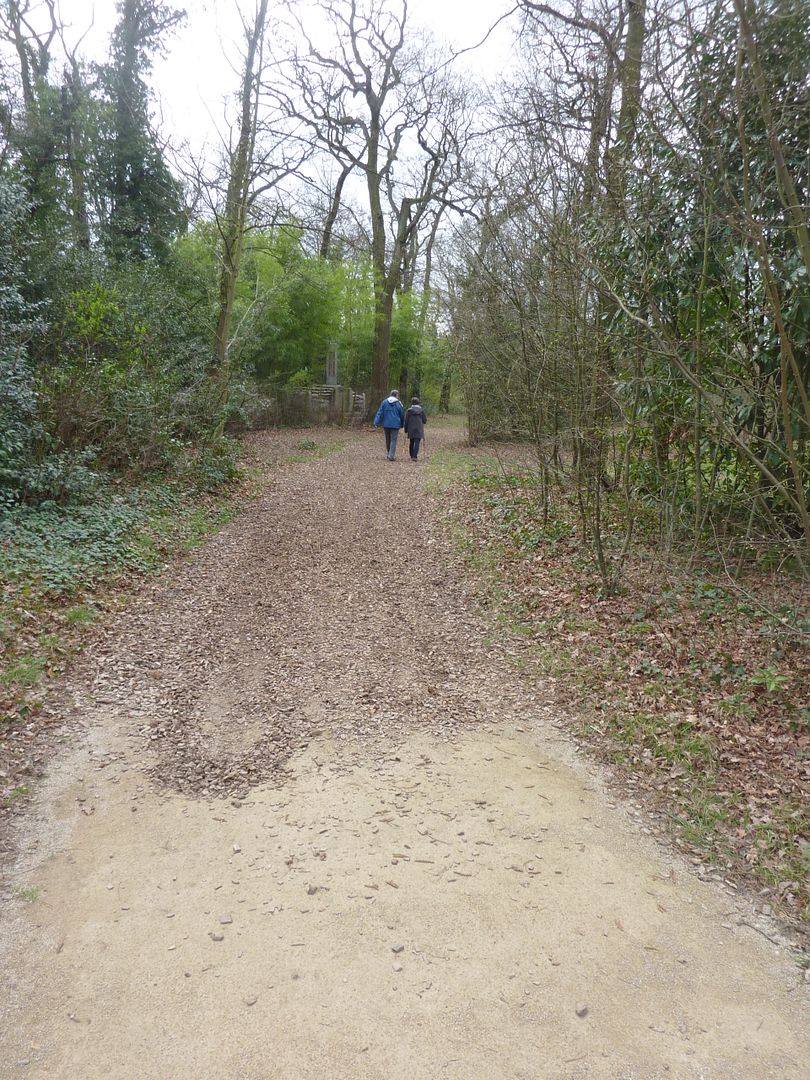
Another colonial commemorative monument.
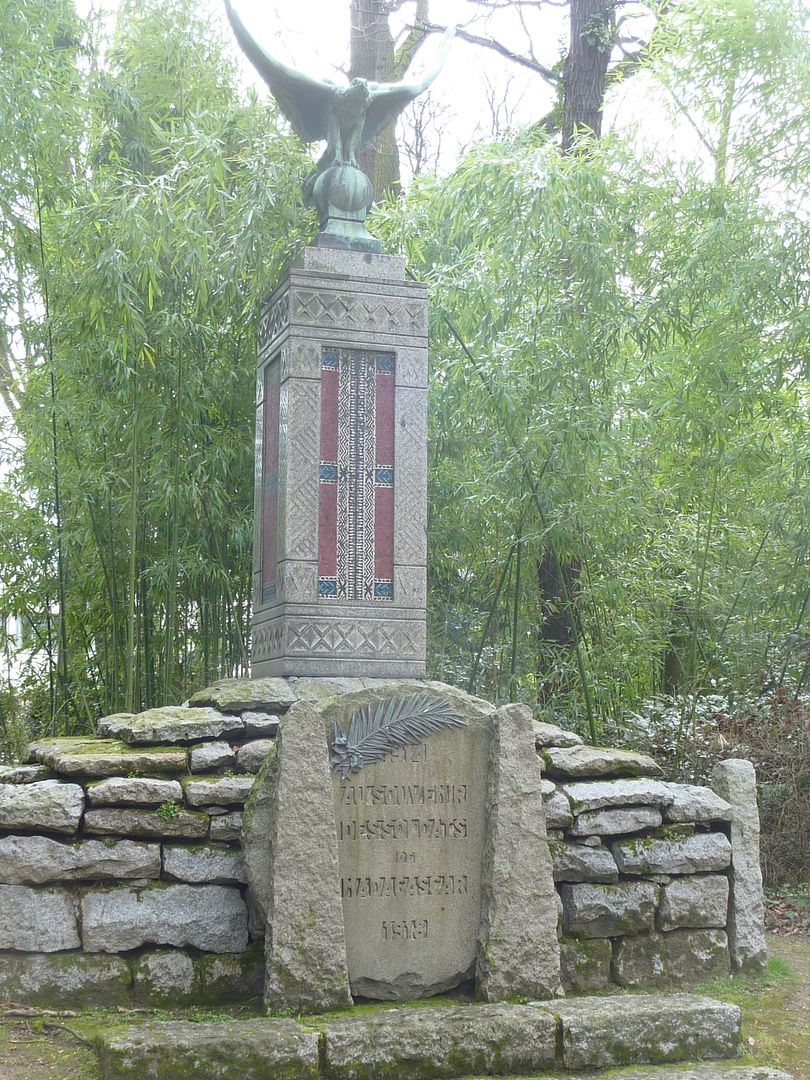
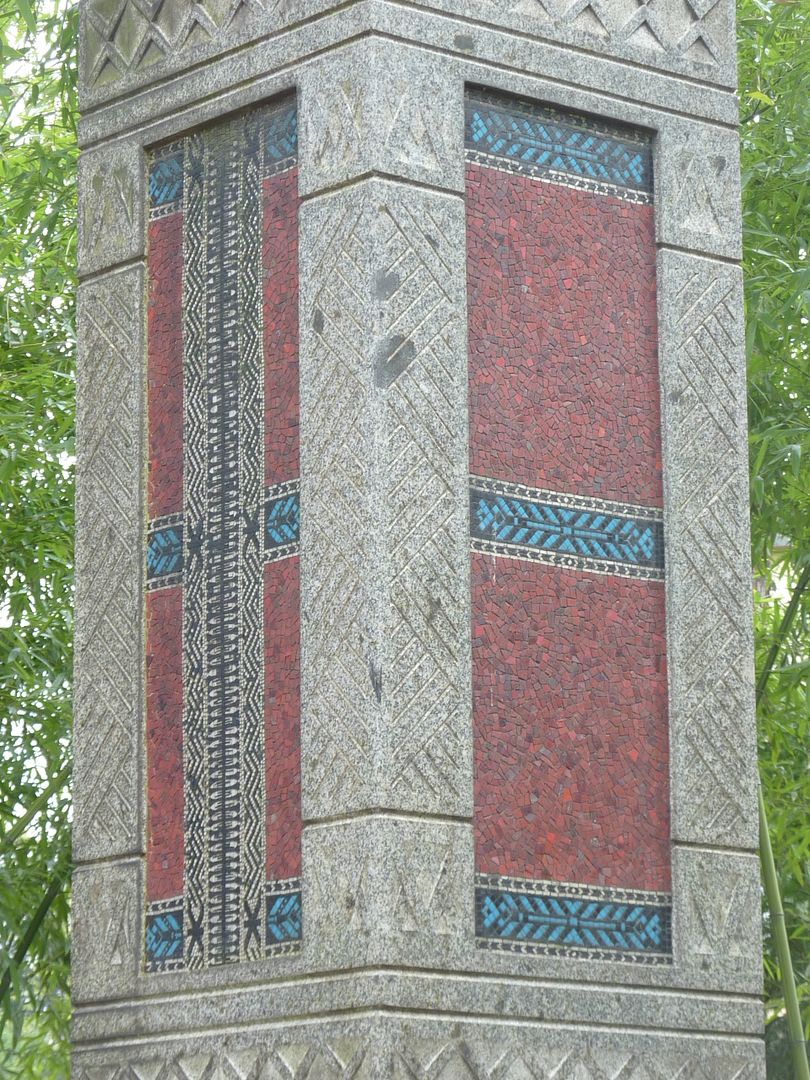
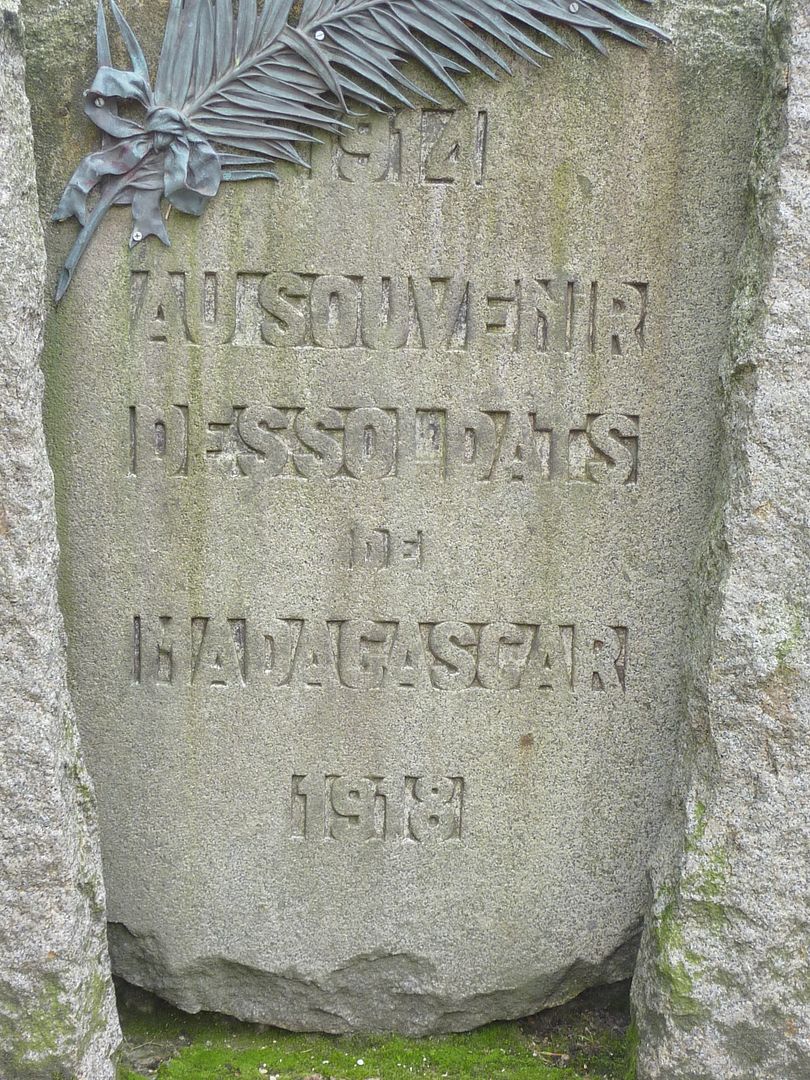
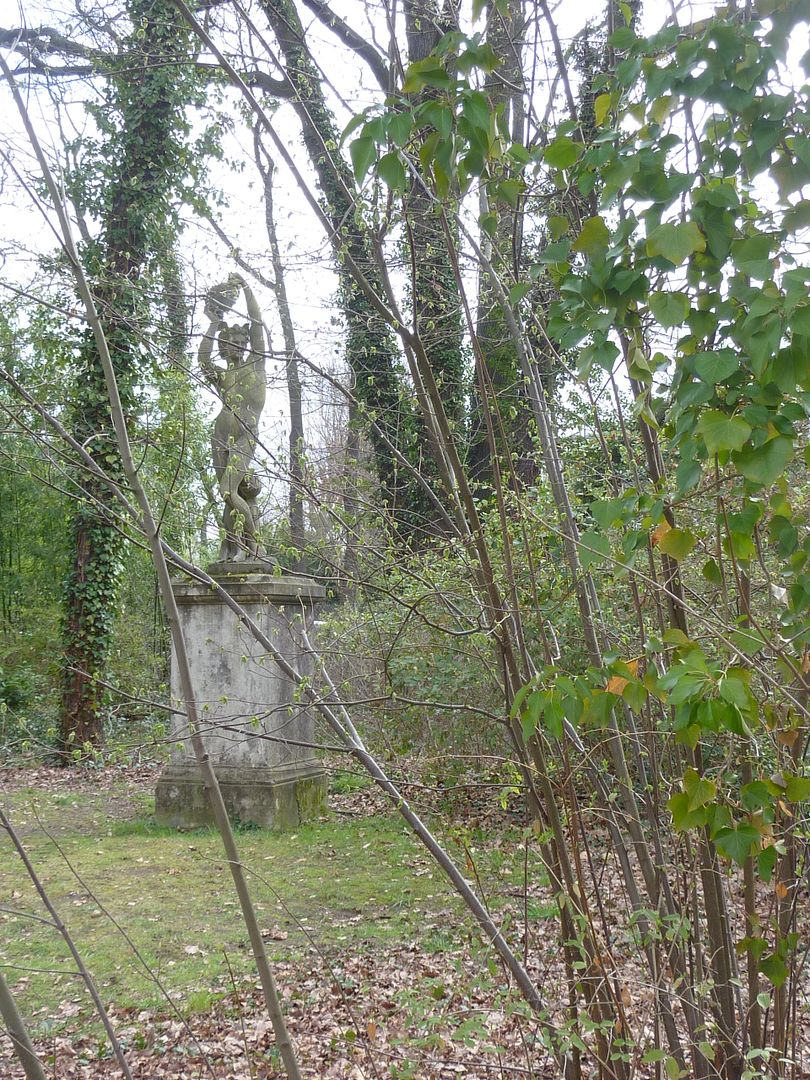
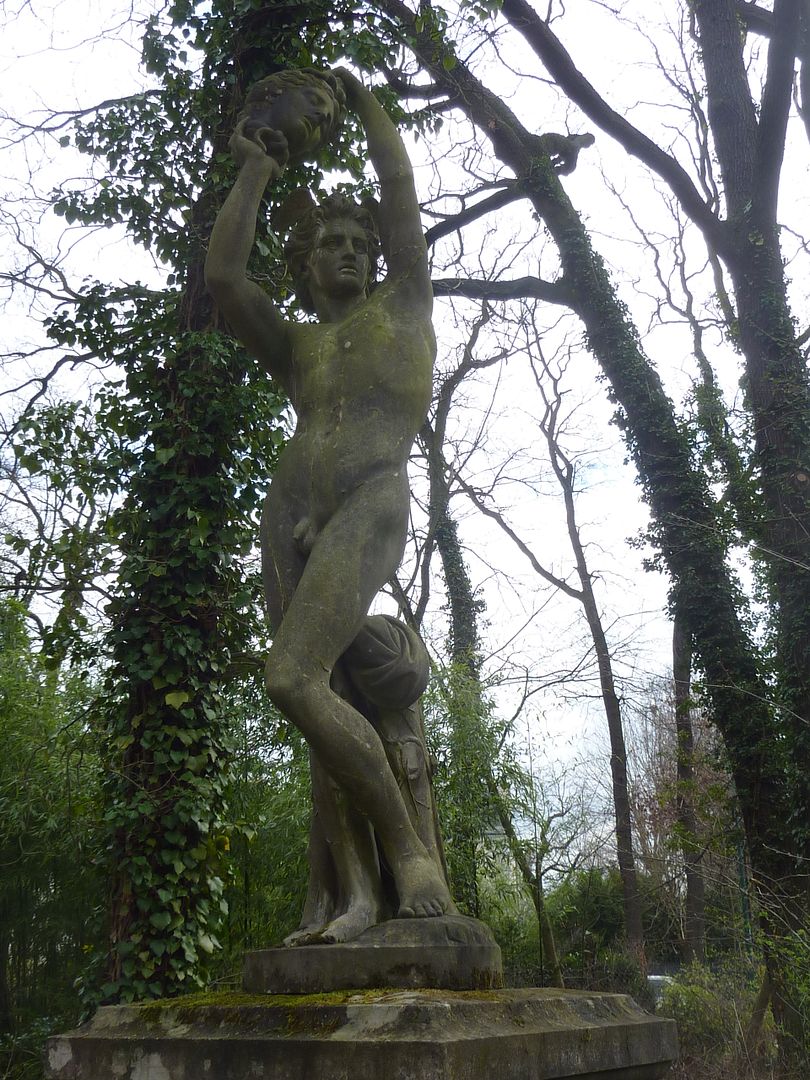
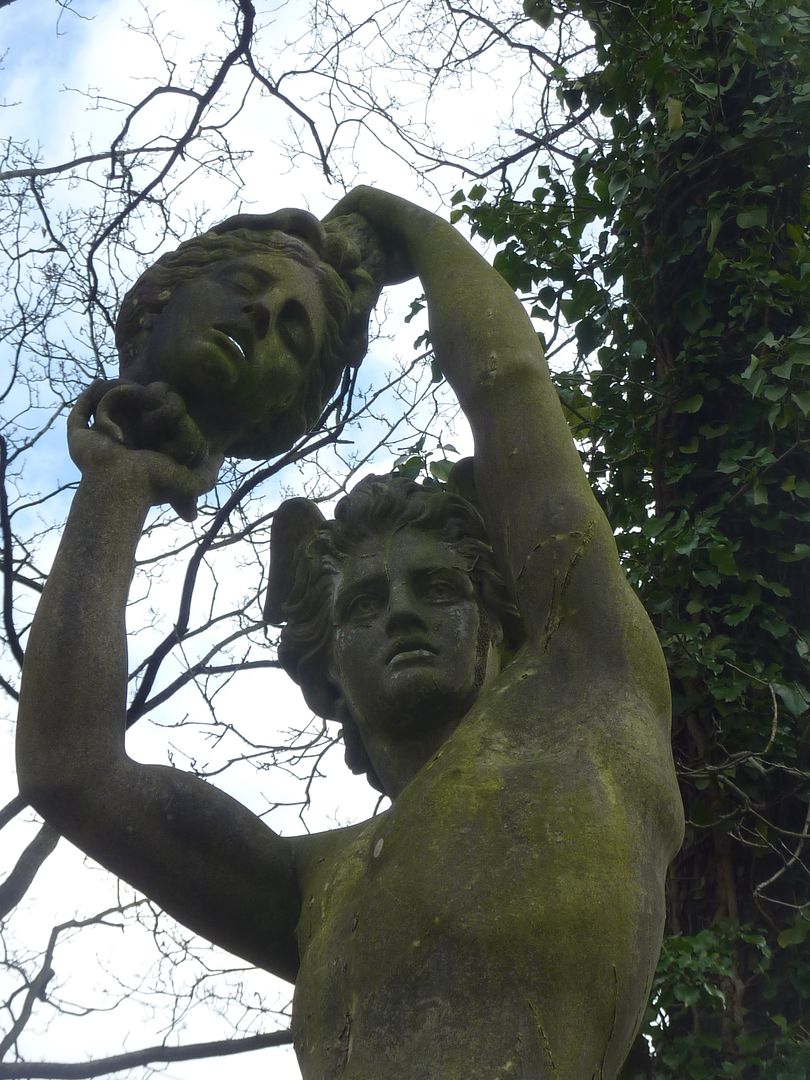


Back to the gate and the real world.
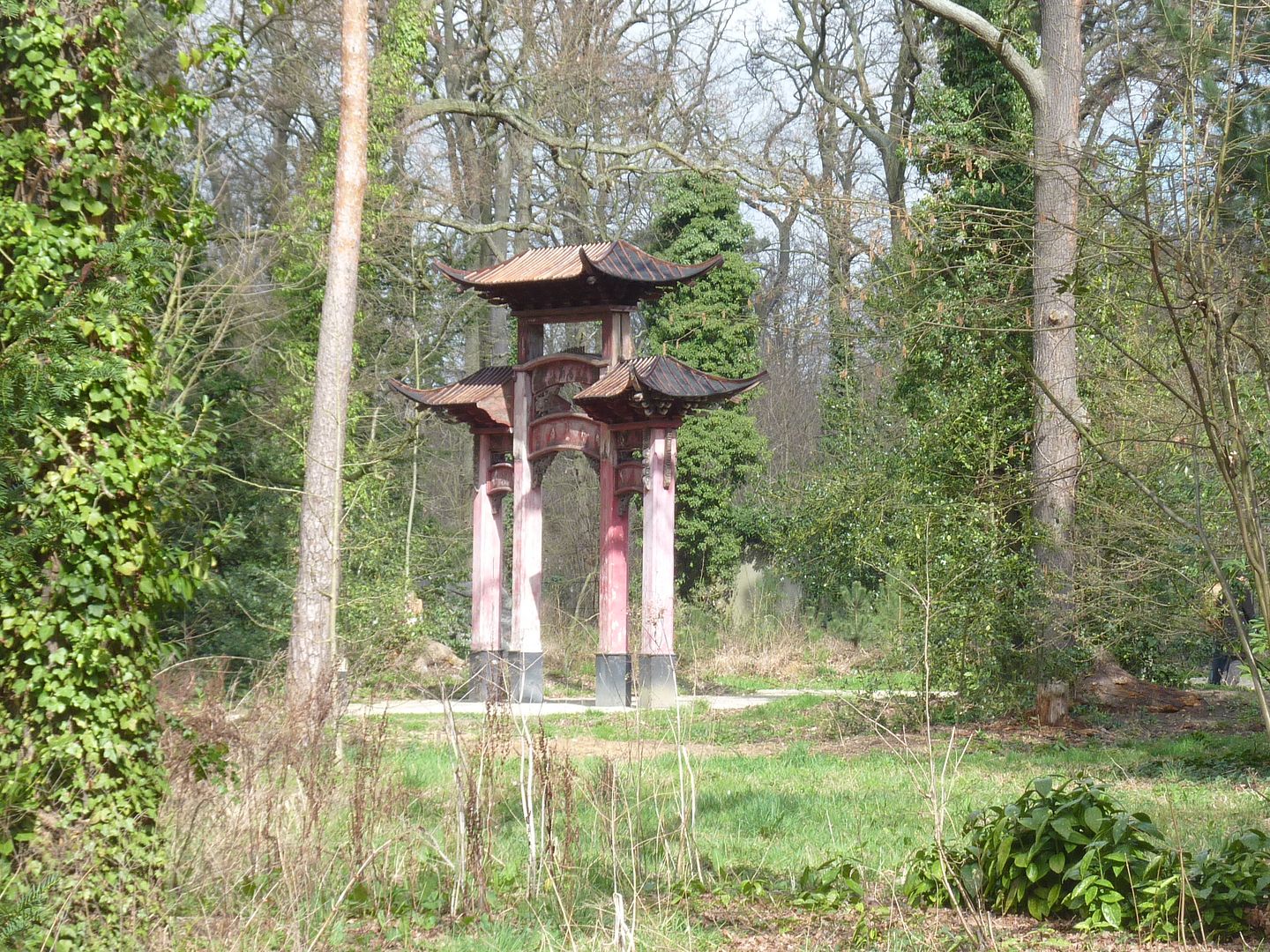
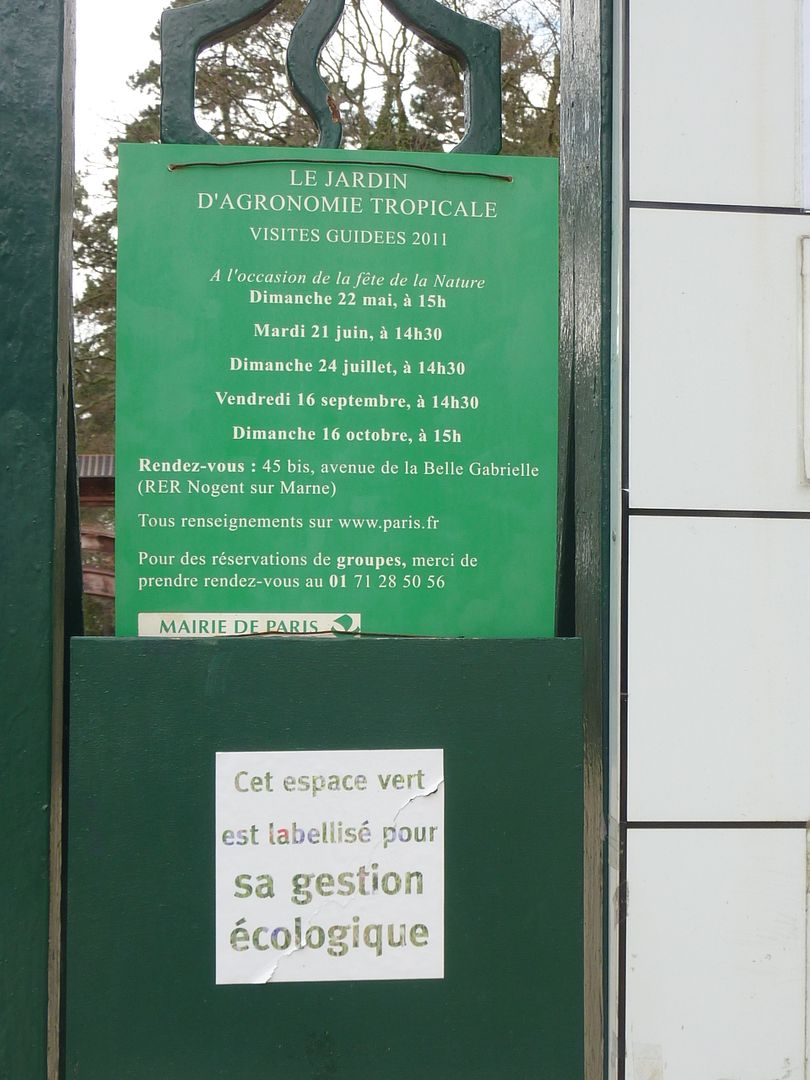
This one represented Tunisia. My documentation tells me it used to be surrounded by palm trees.

Although it is closed, some artists have been at work.

Other buildings have not been as lucky.


A forgotten notable reigns over the abandoned pavilions.









Spring is at work anyway.

The Indochina pavilion is still in use for the environmental offices.



Time to wander away from the zone of ruins.



Surprisingly, I was not the only person in the garden.

Another colonial commemorative monument.








Back to the gate and the real world.


I will be back some day...
I made a later addition to the original report...
What if we decided to turn back the clock 105 years?
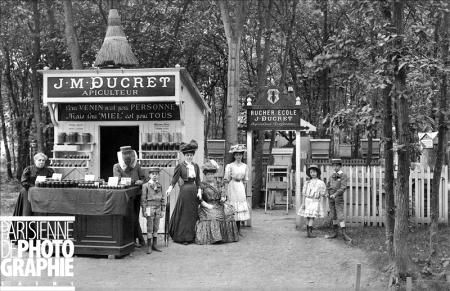
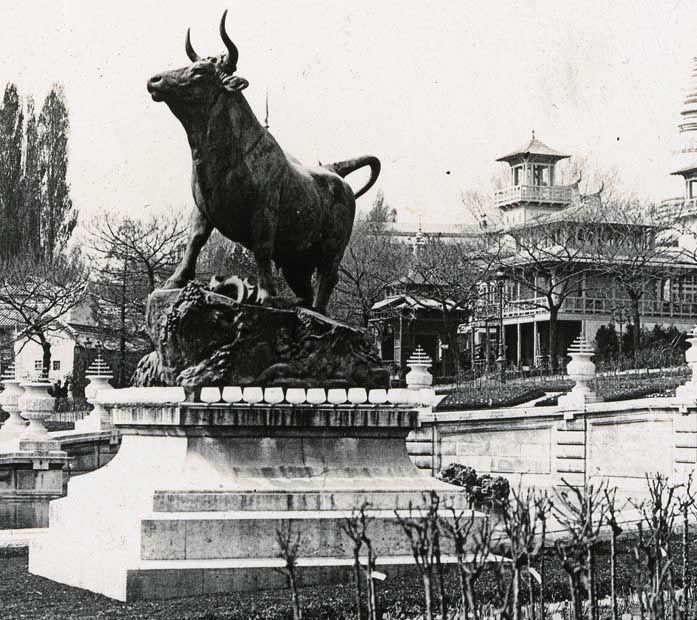
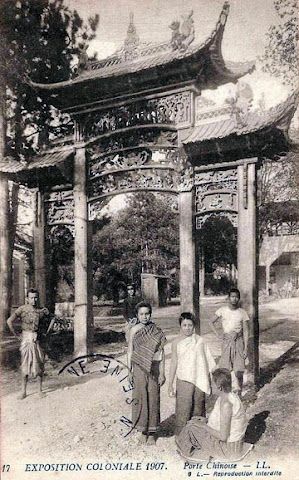

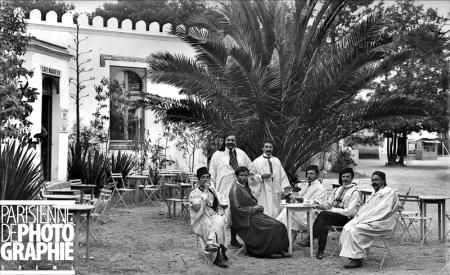

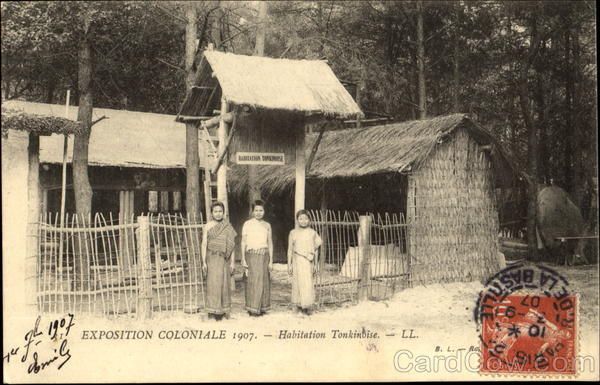
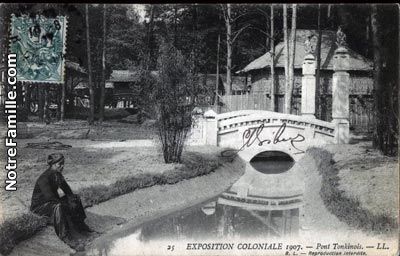





















 hahahha
hahahha